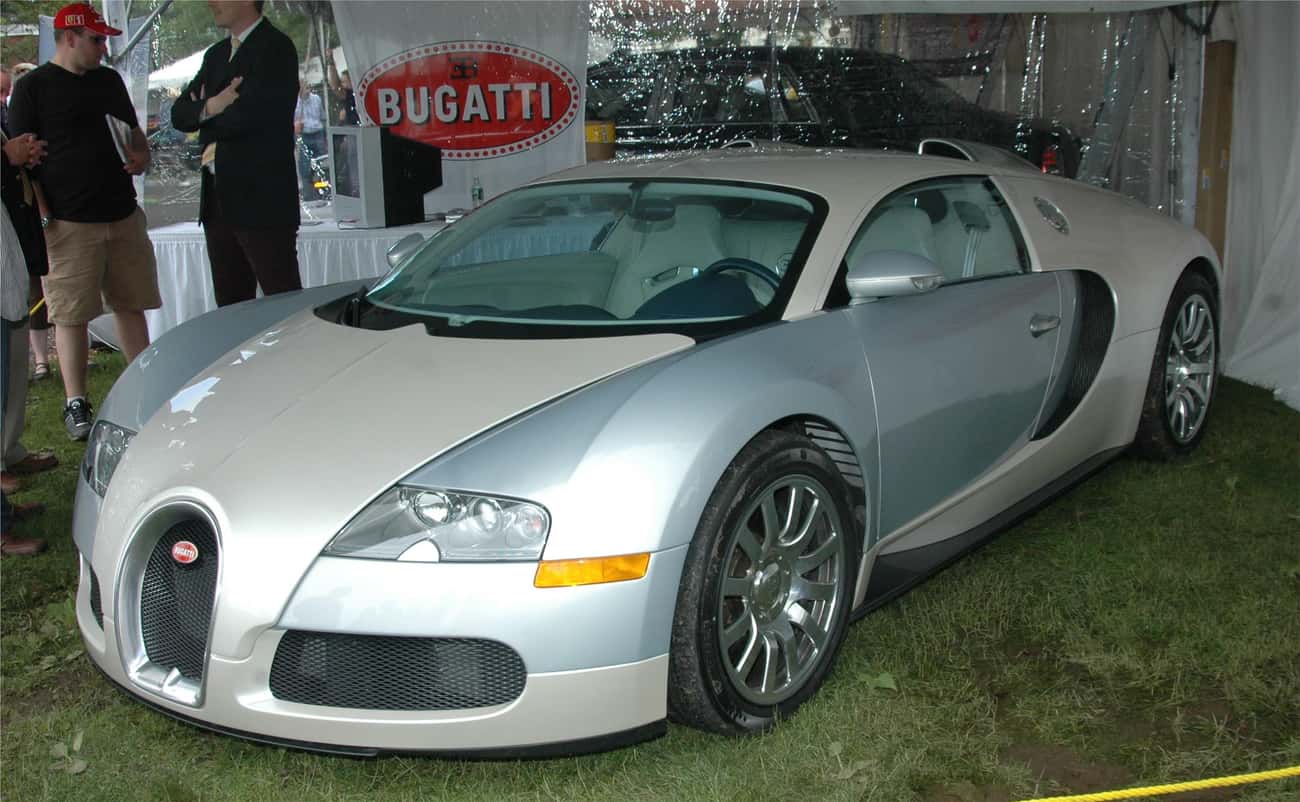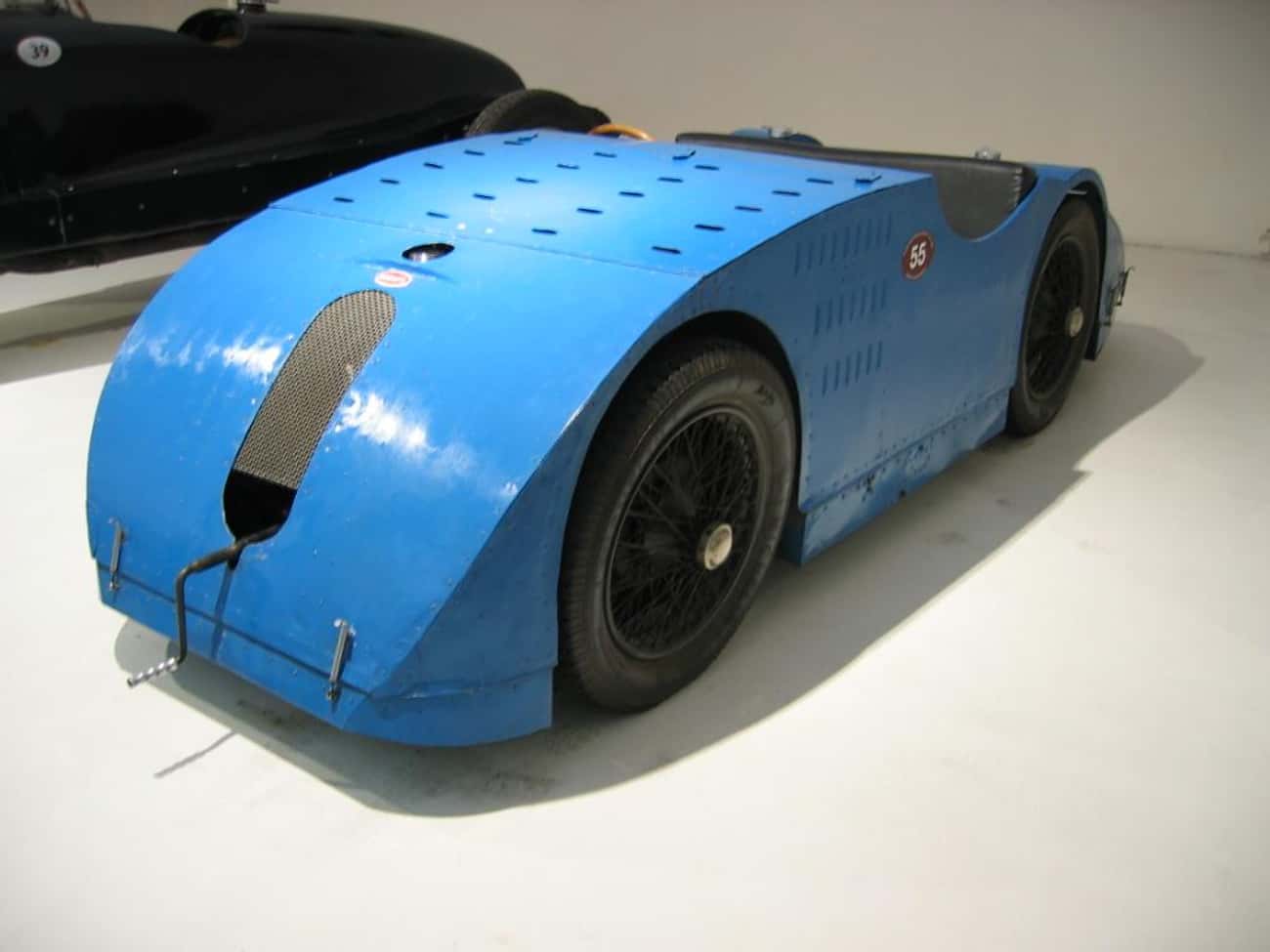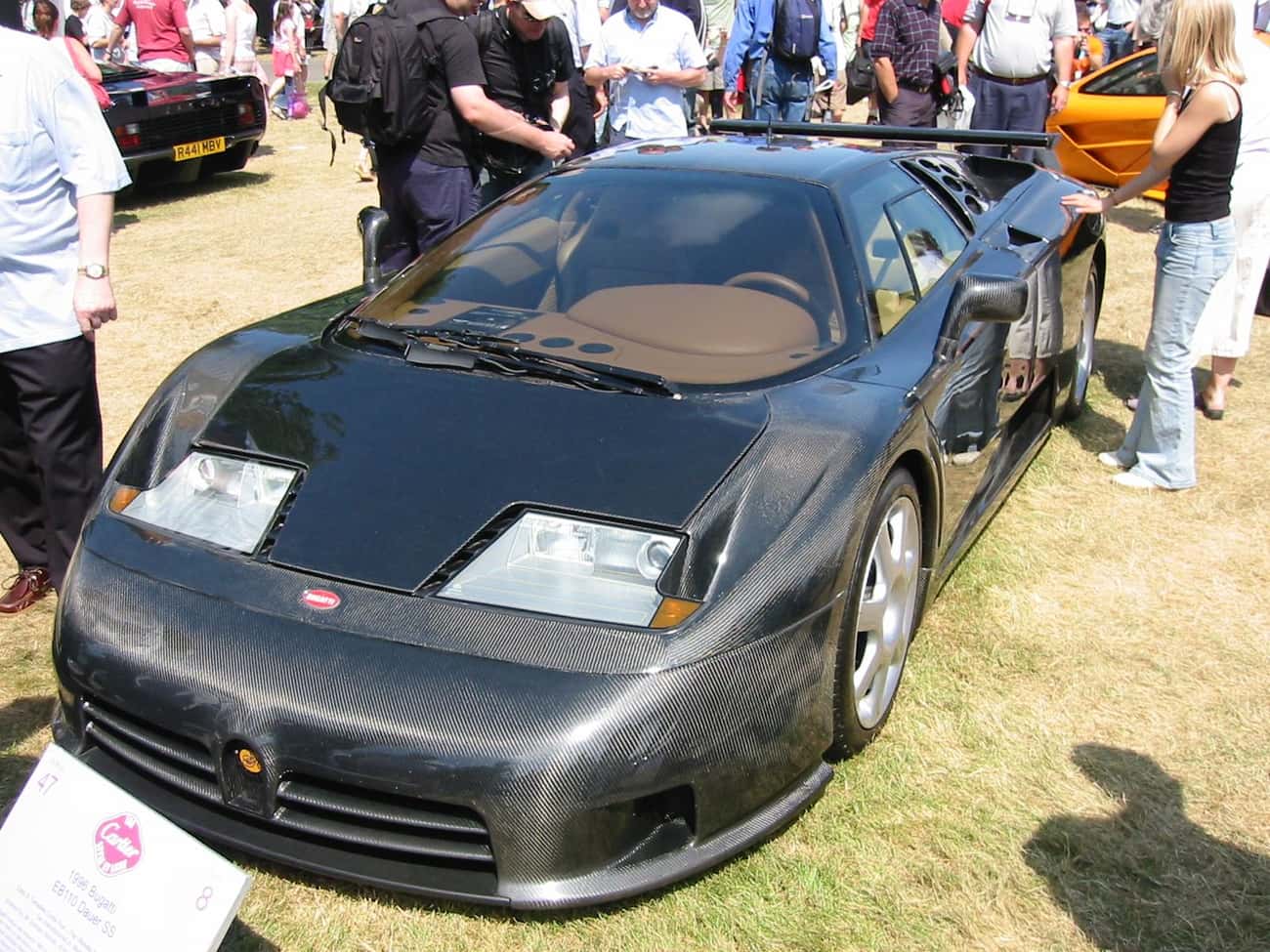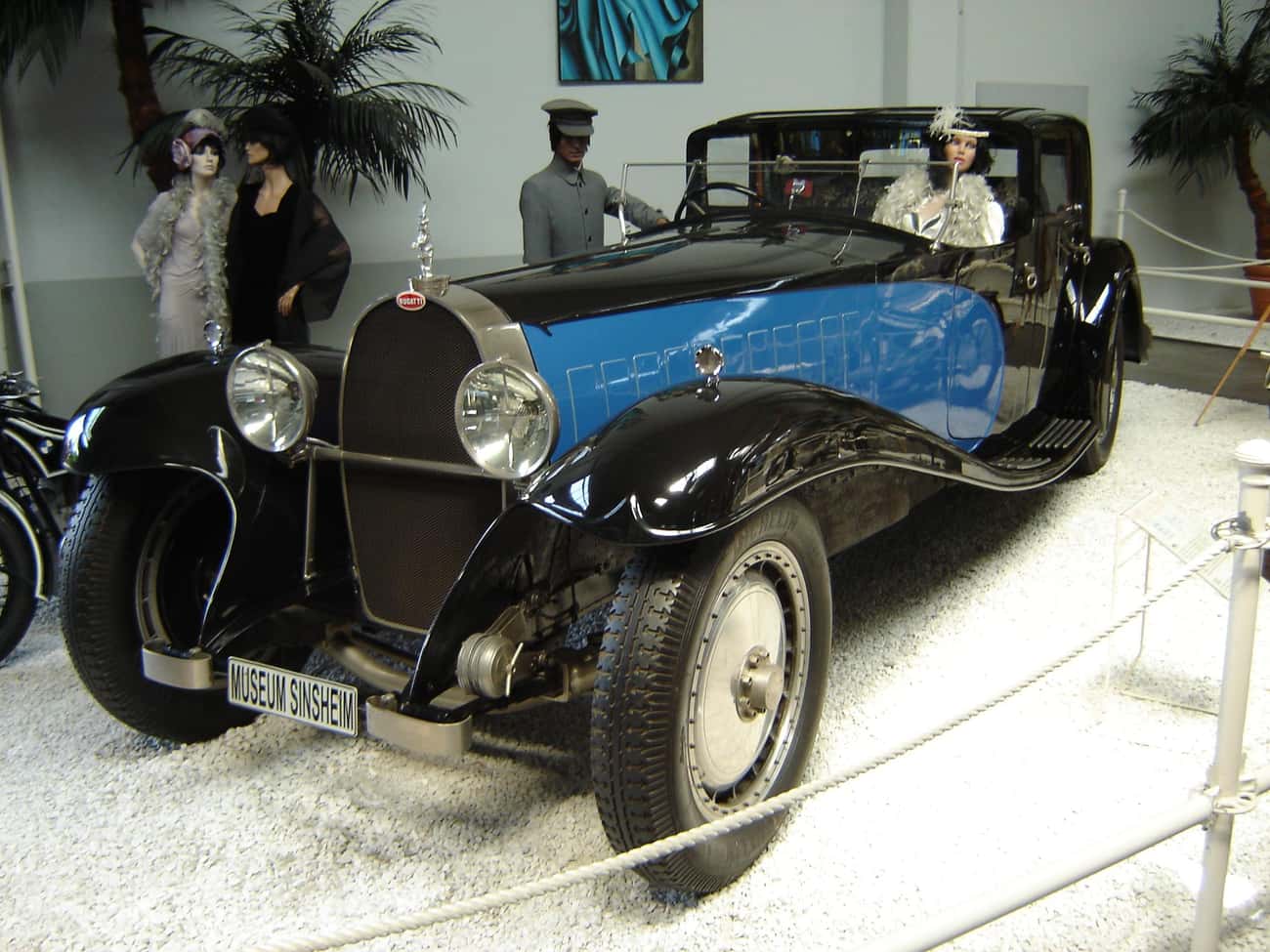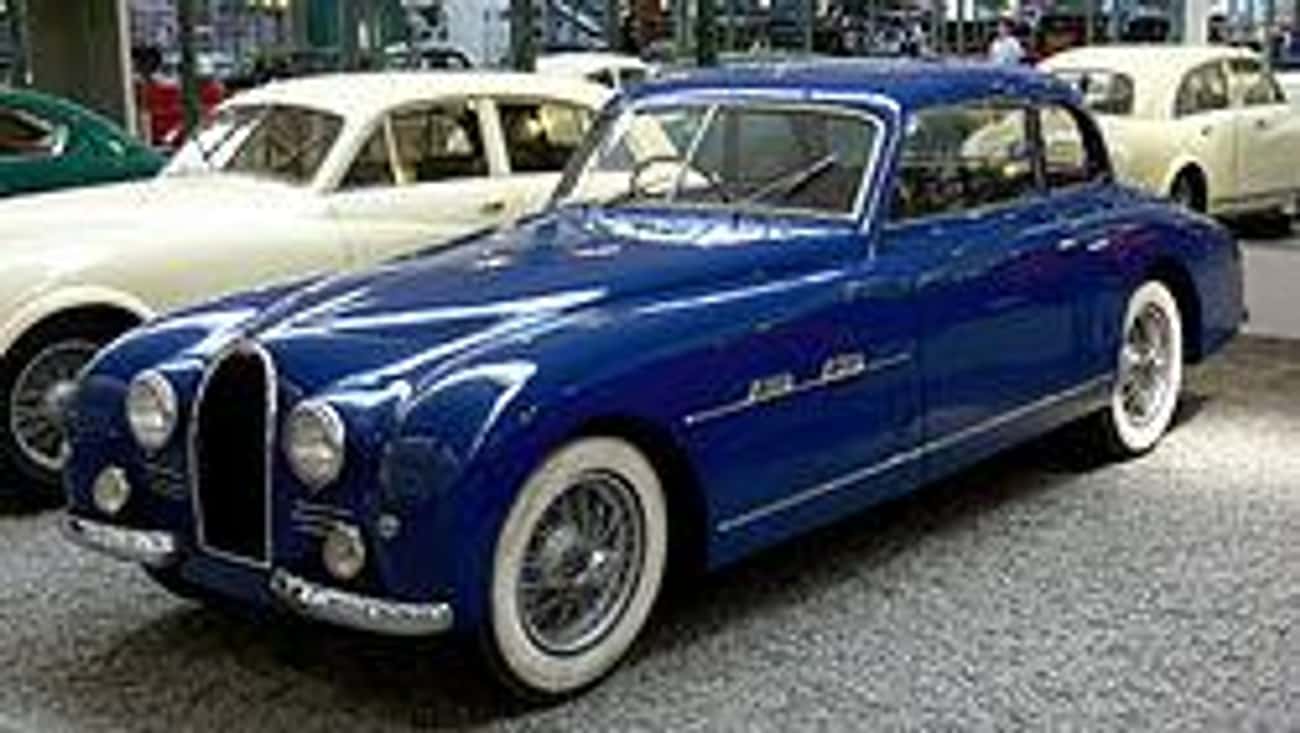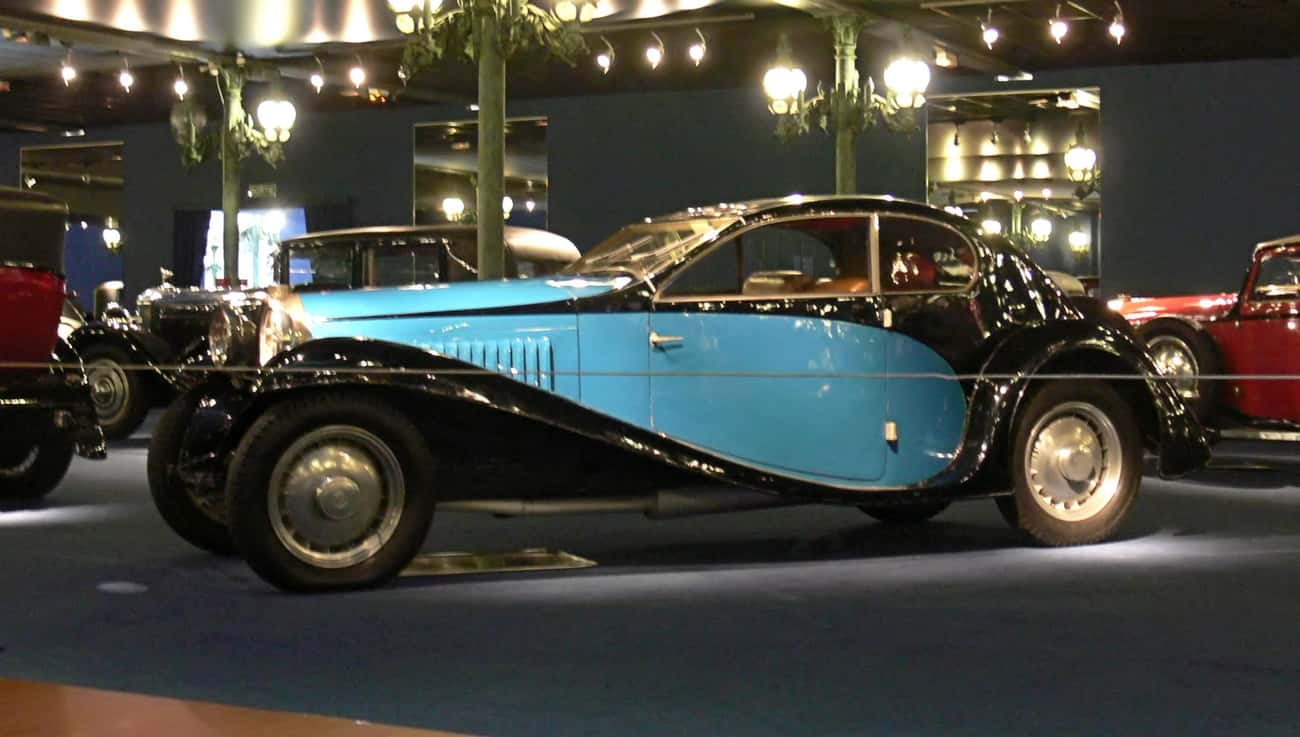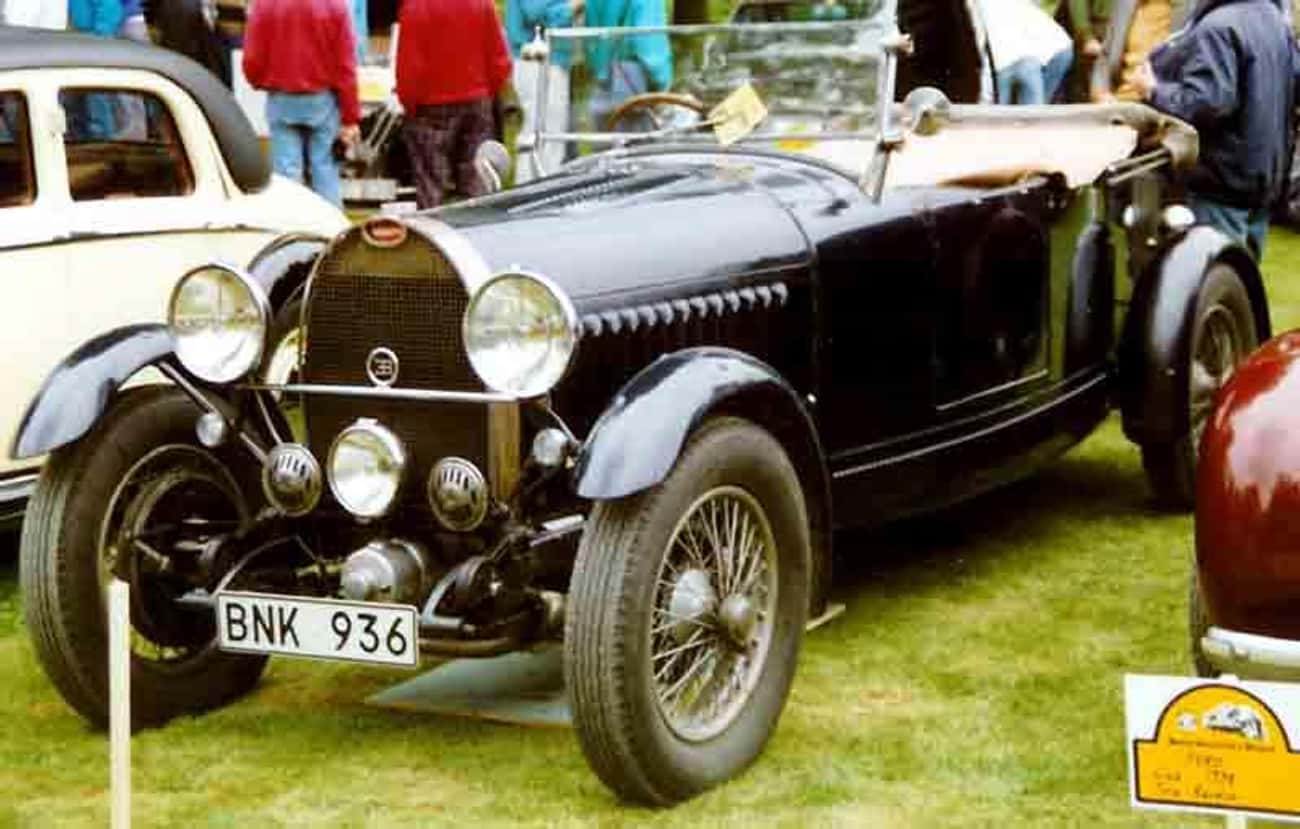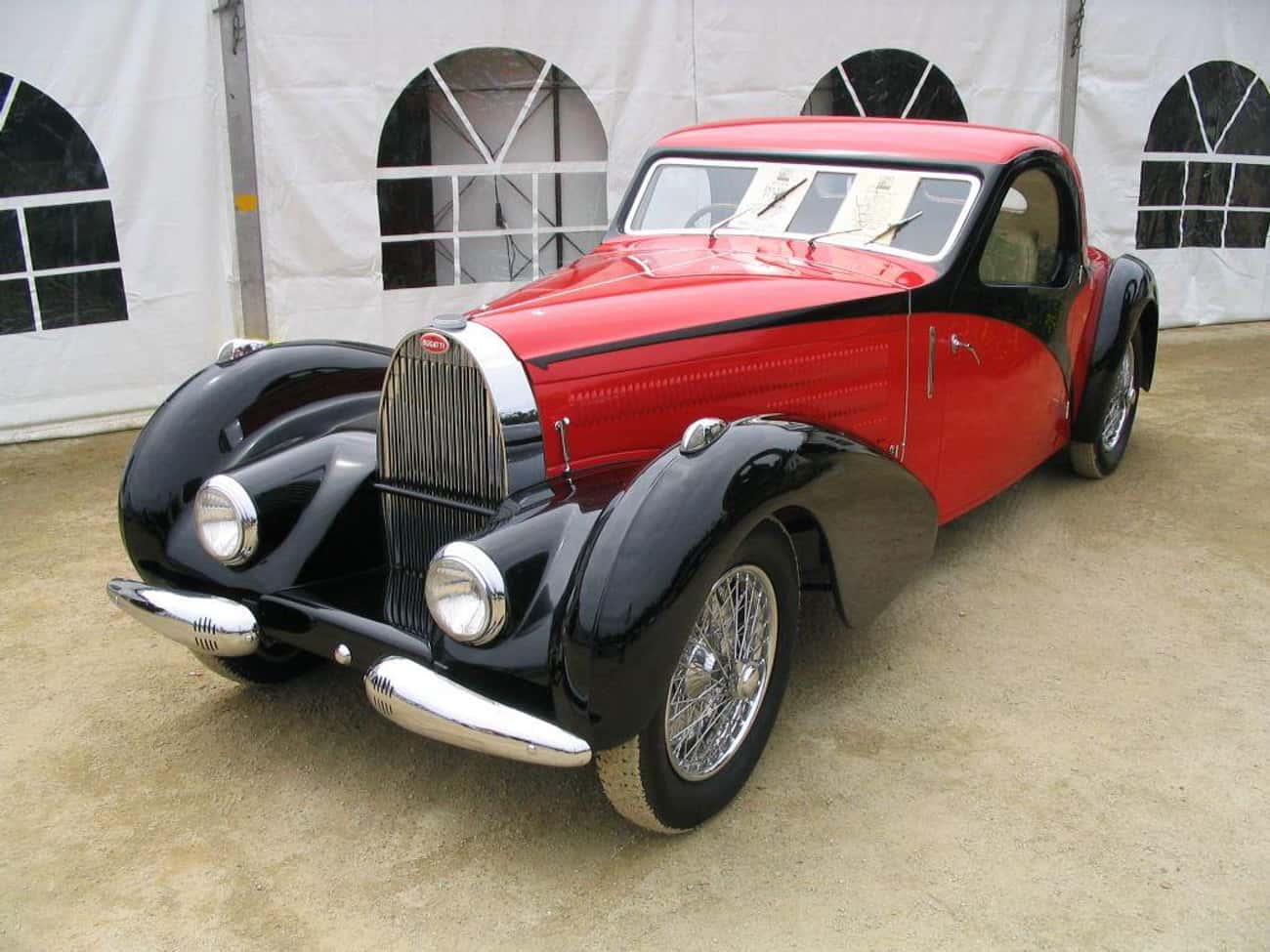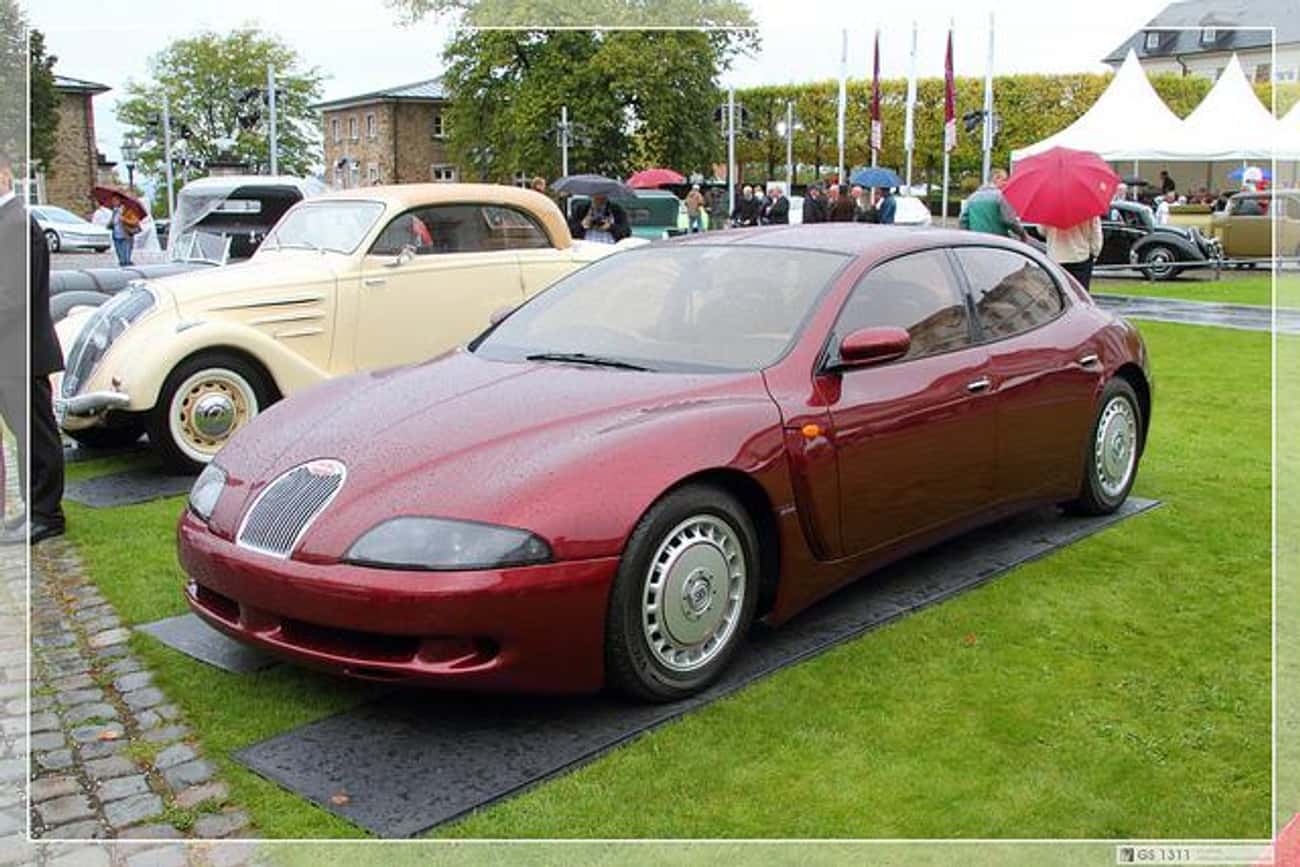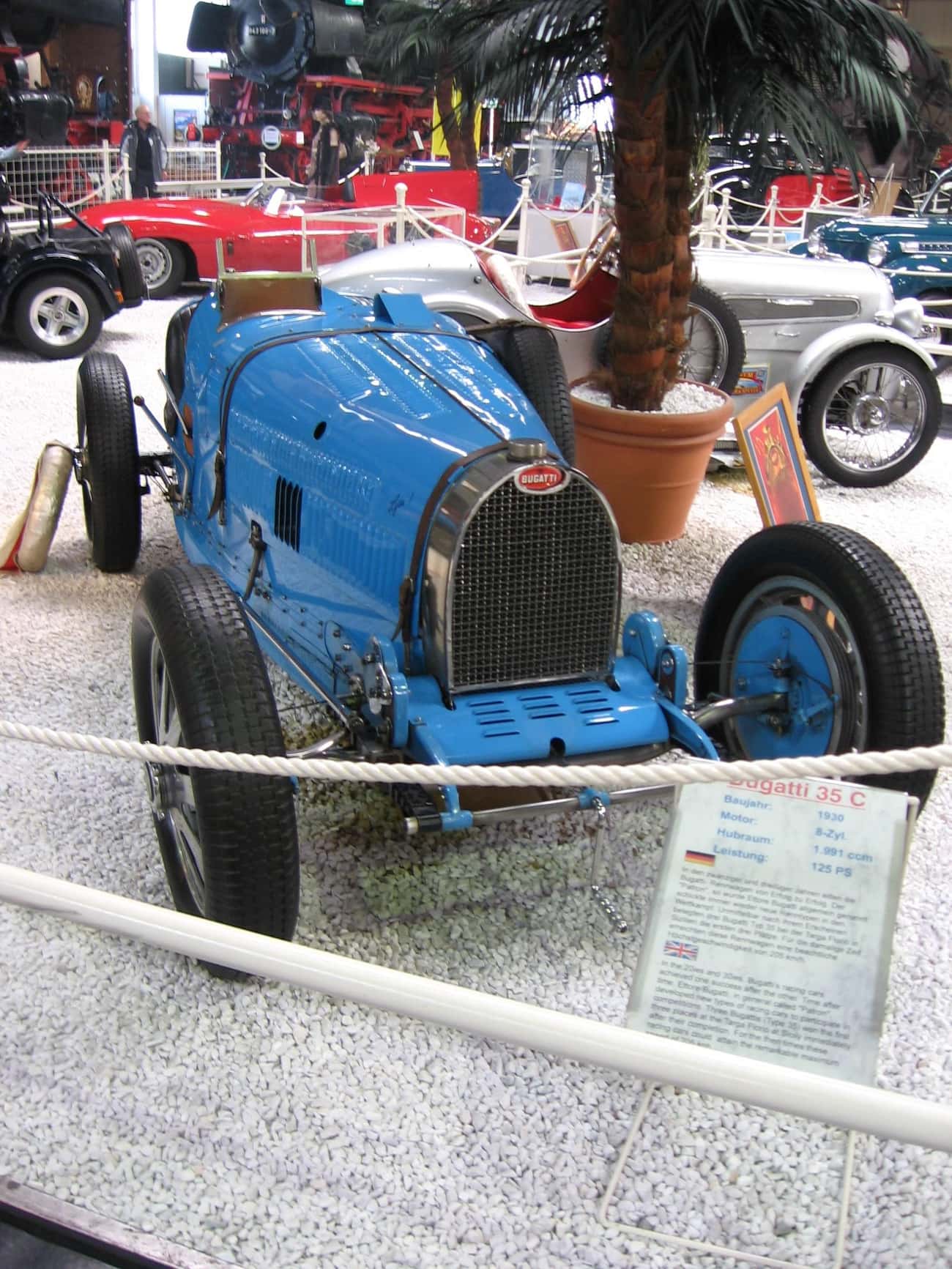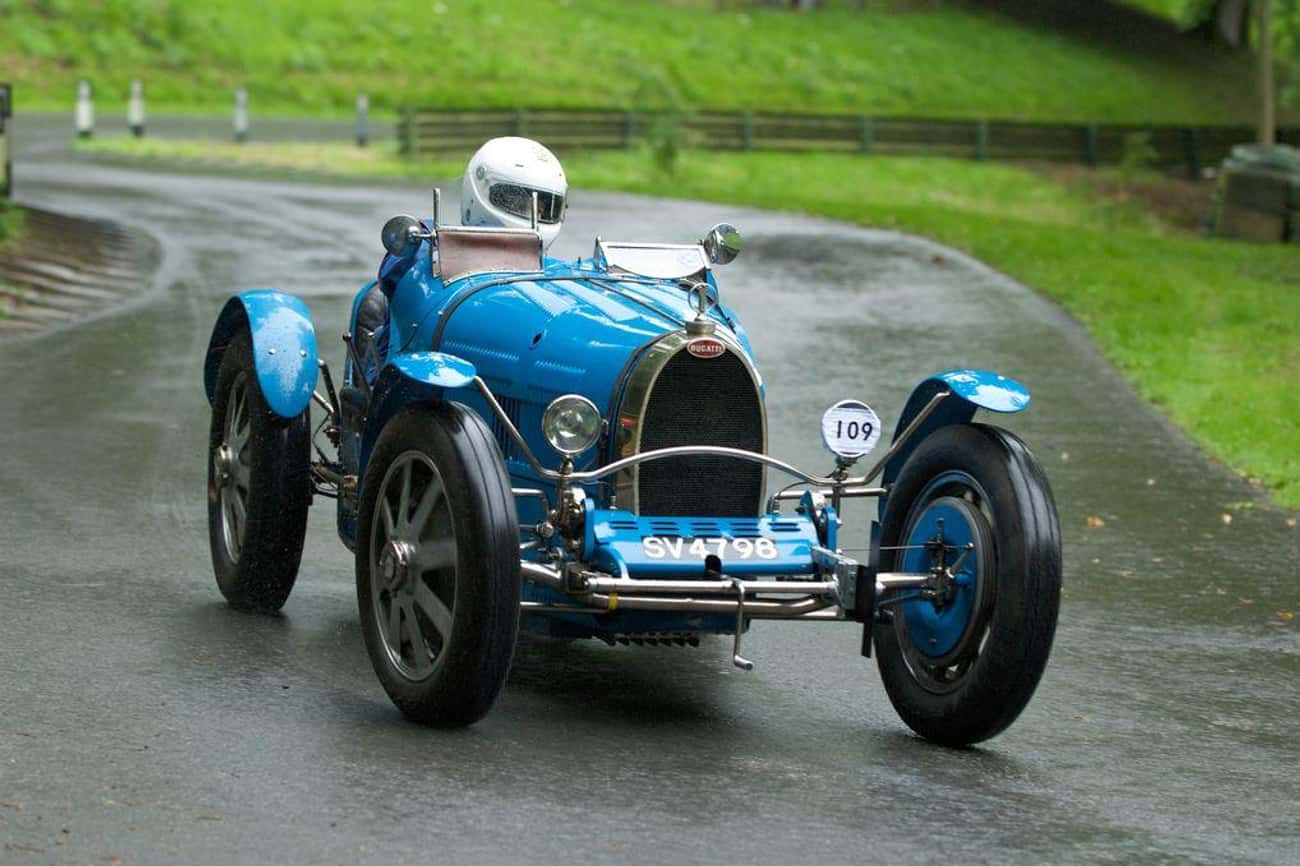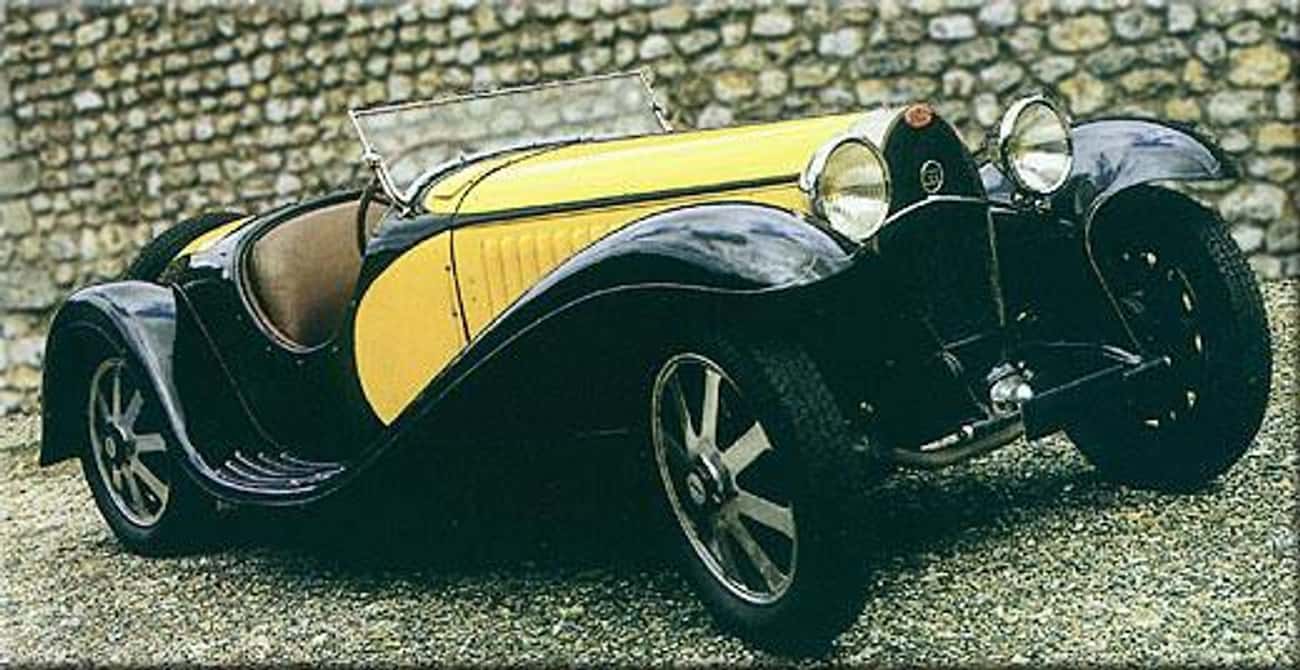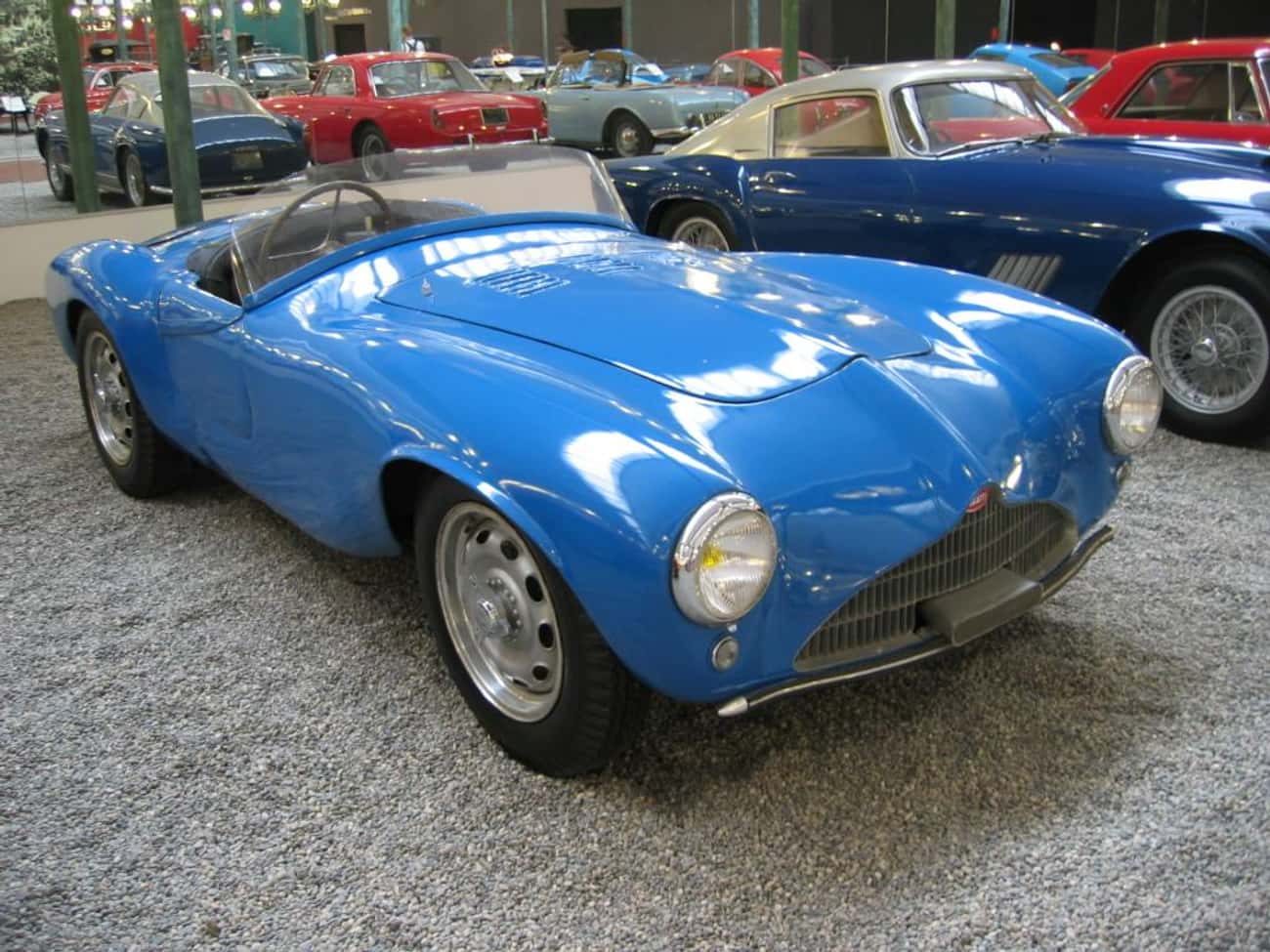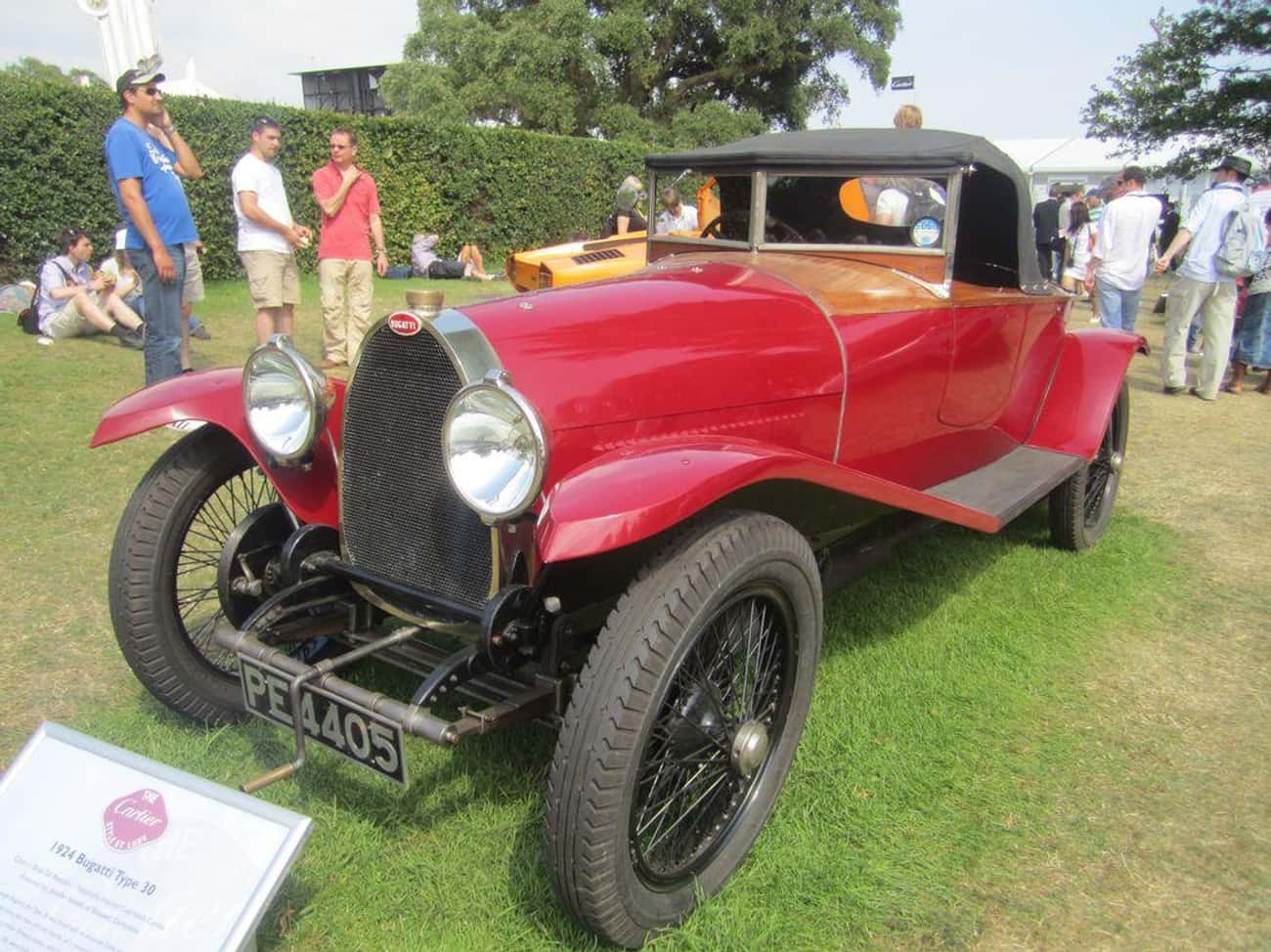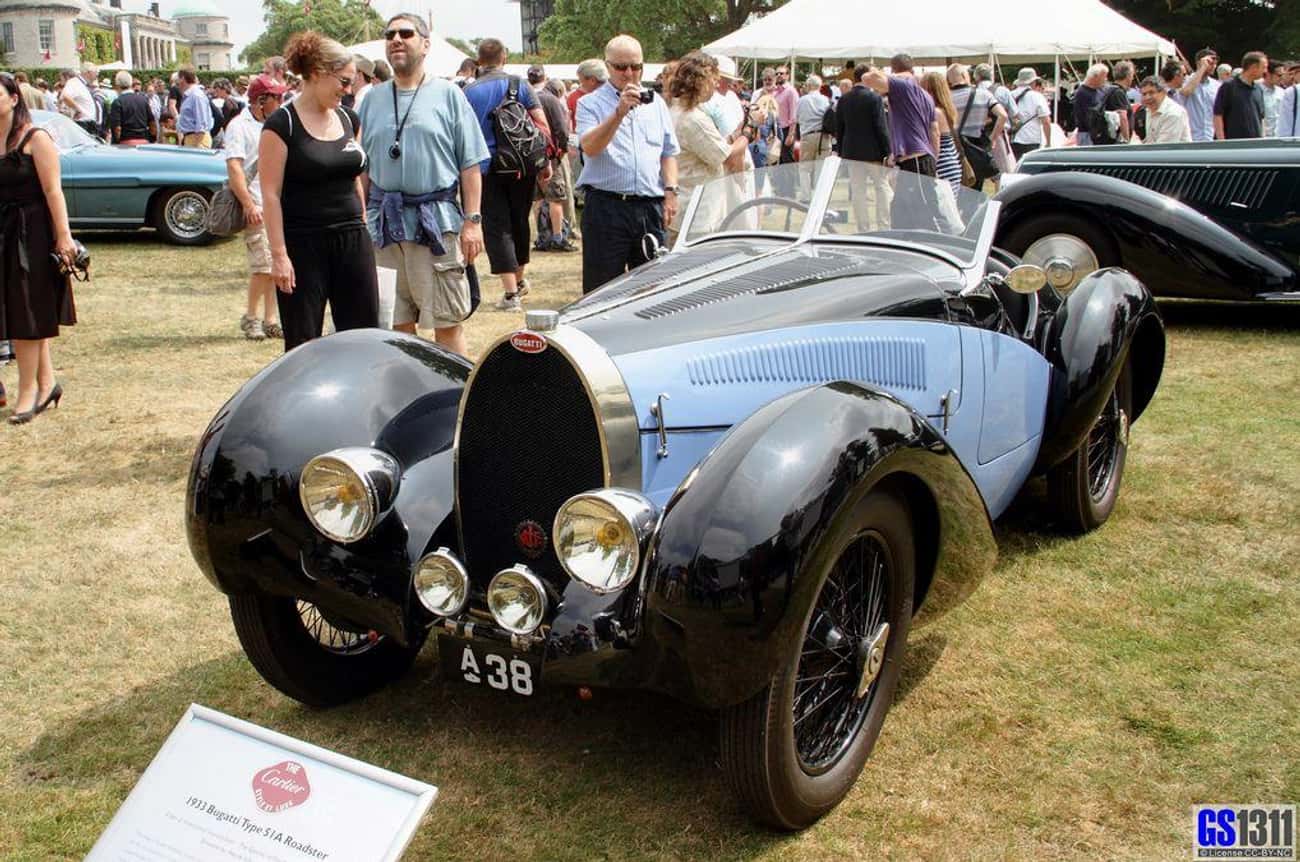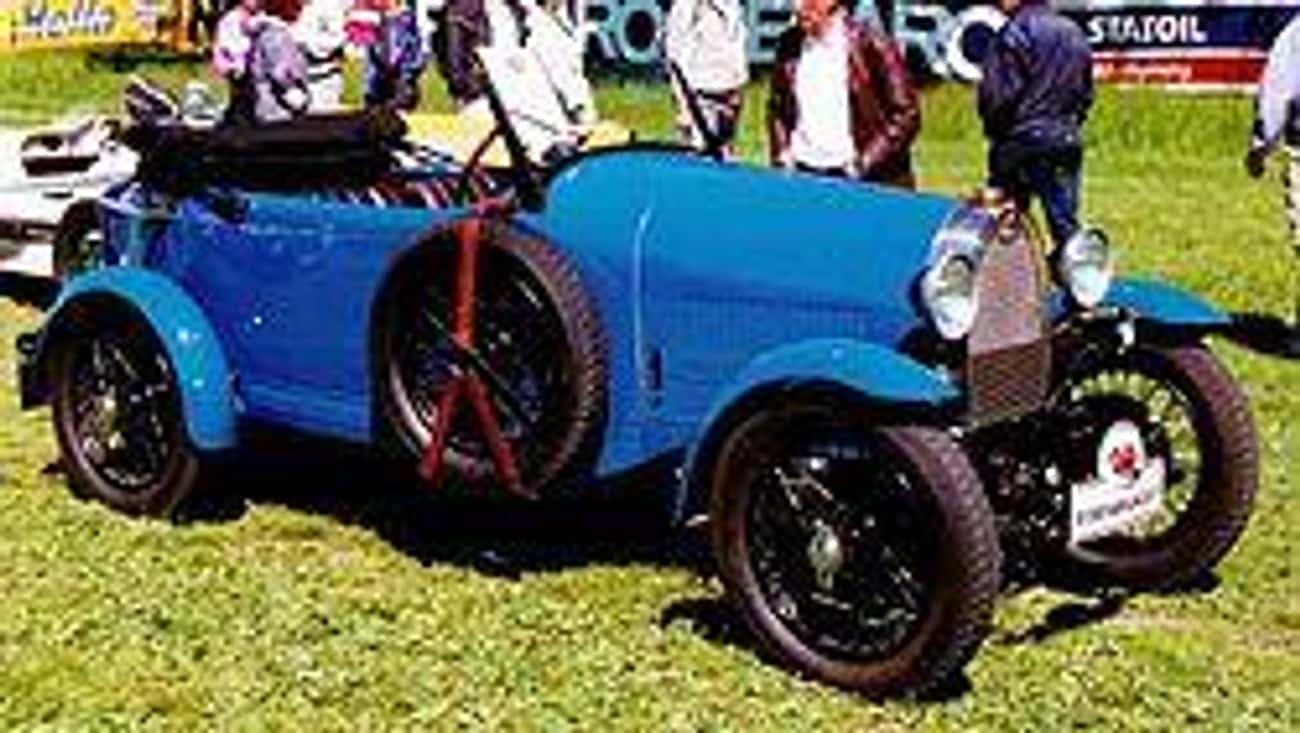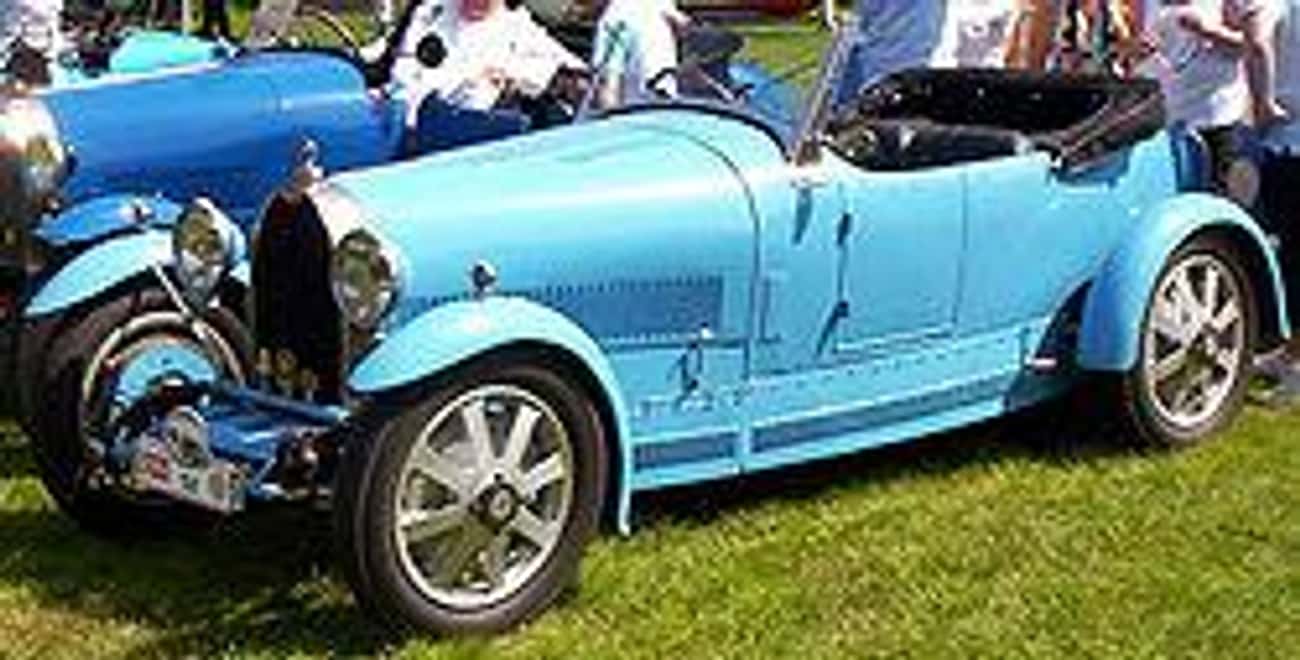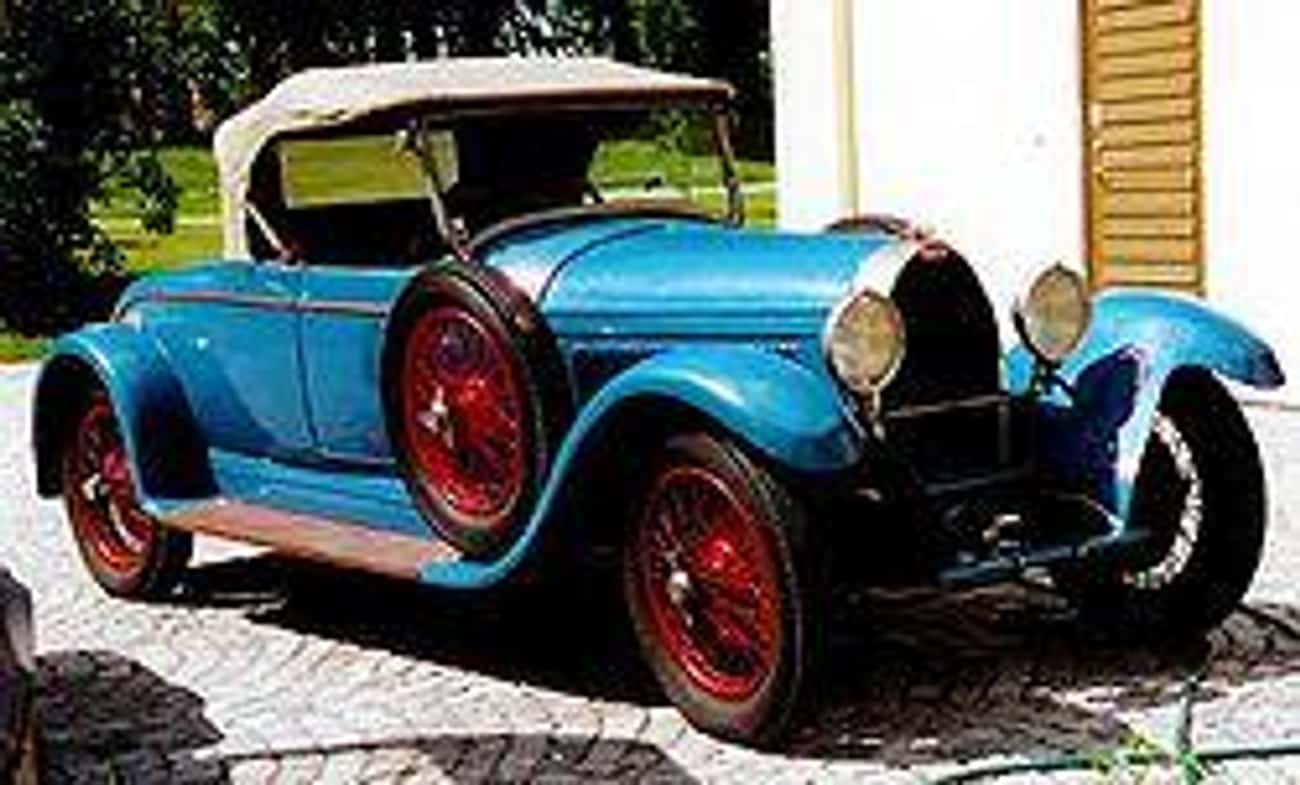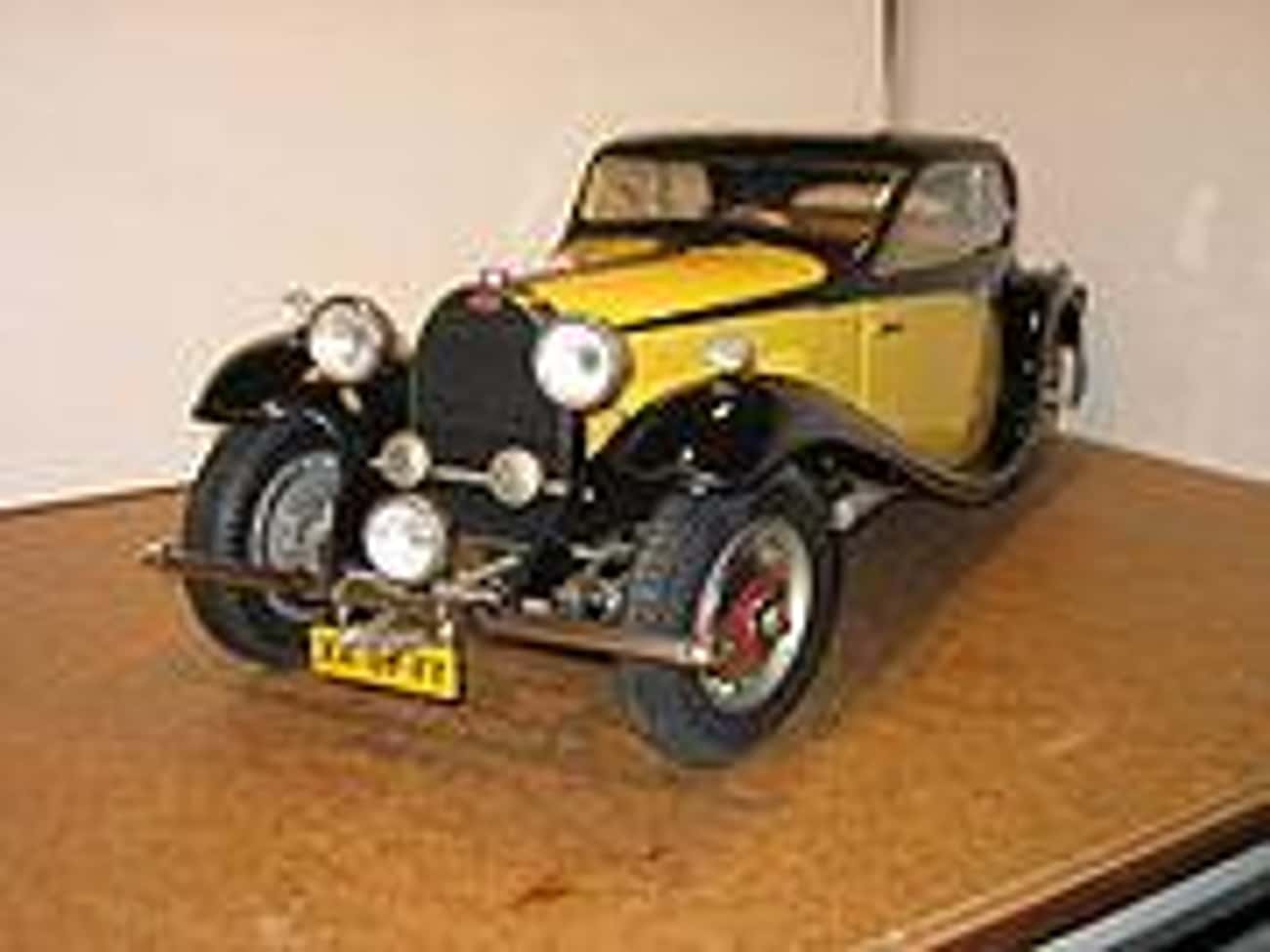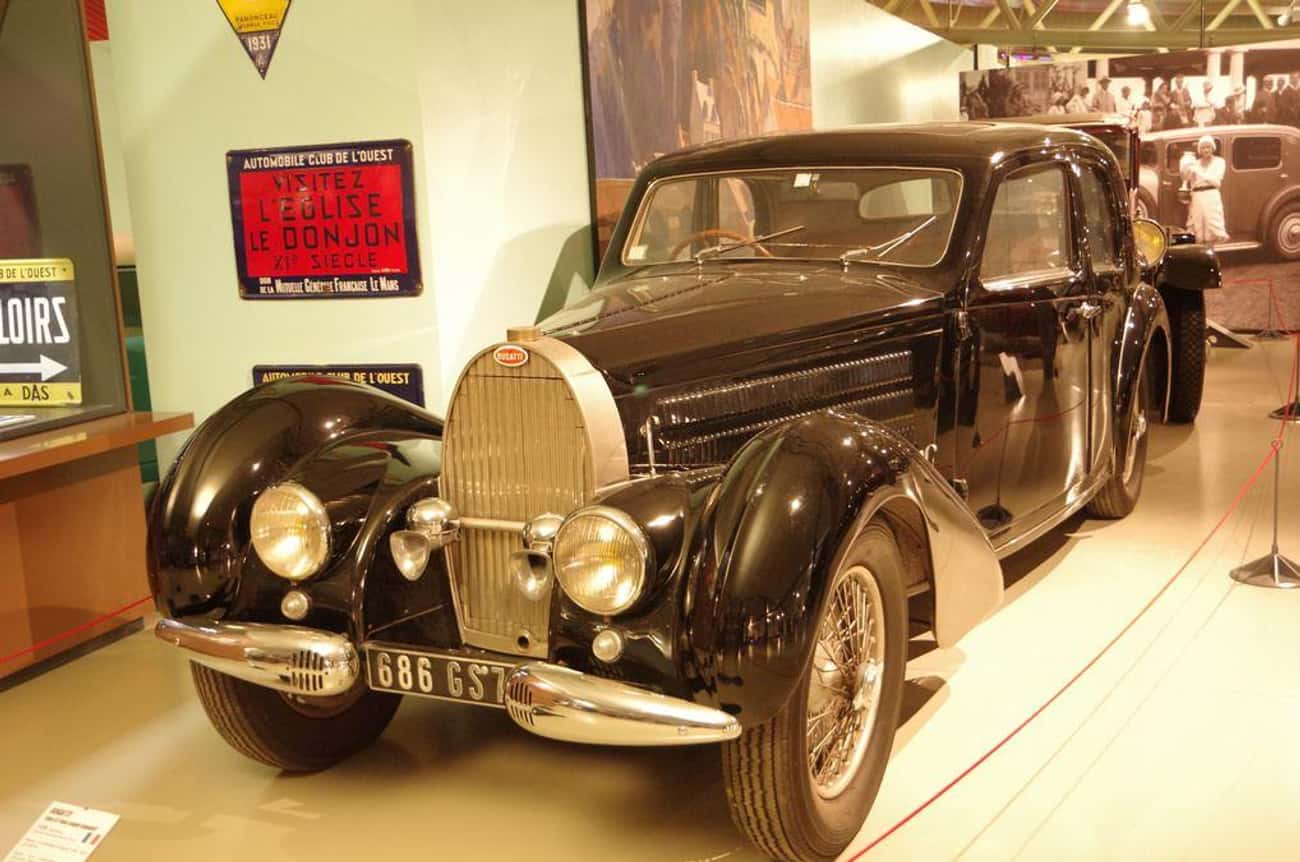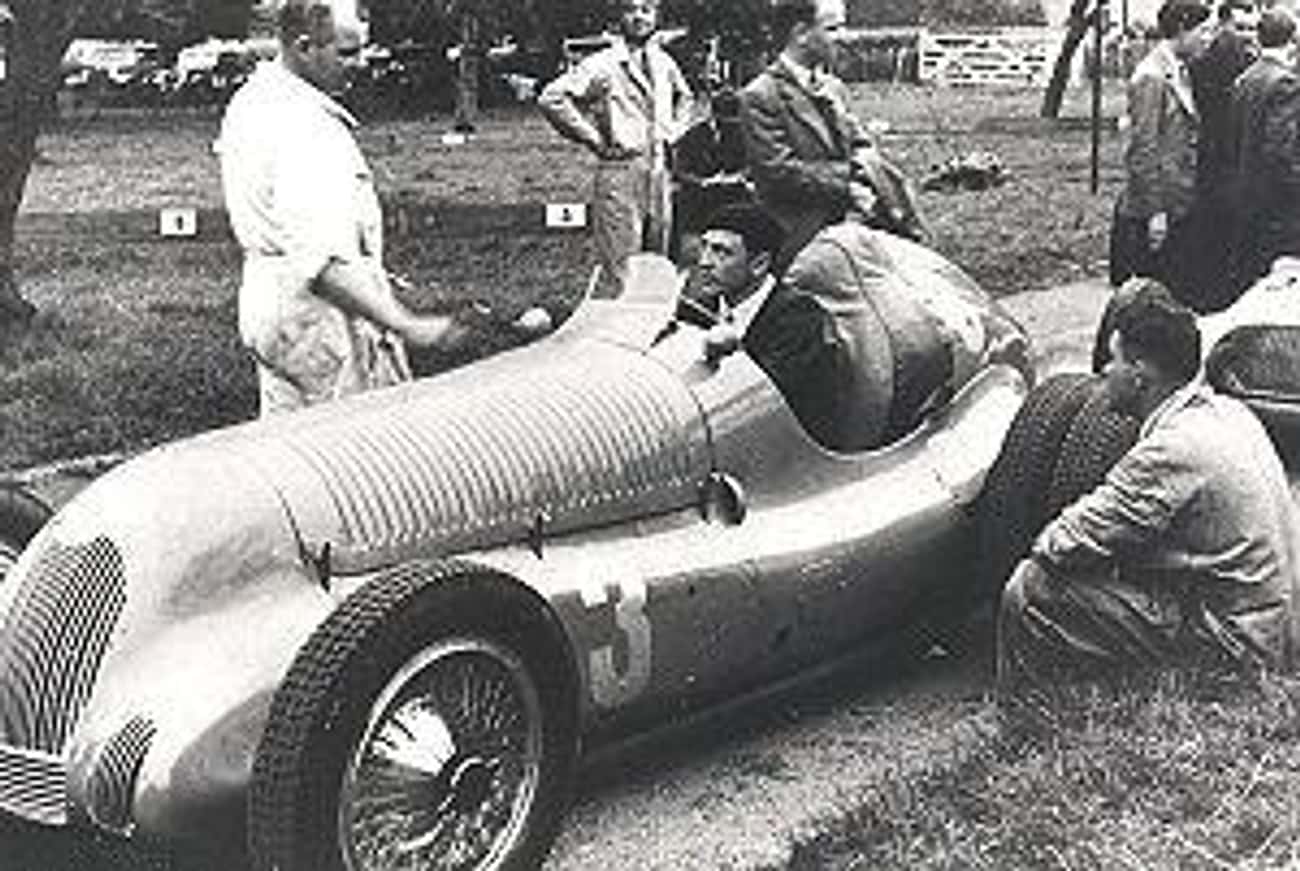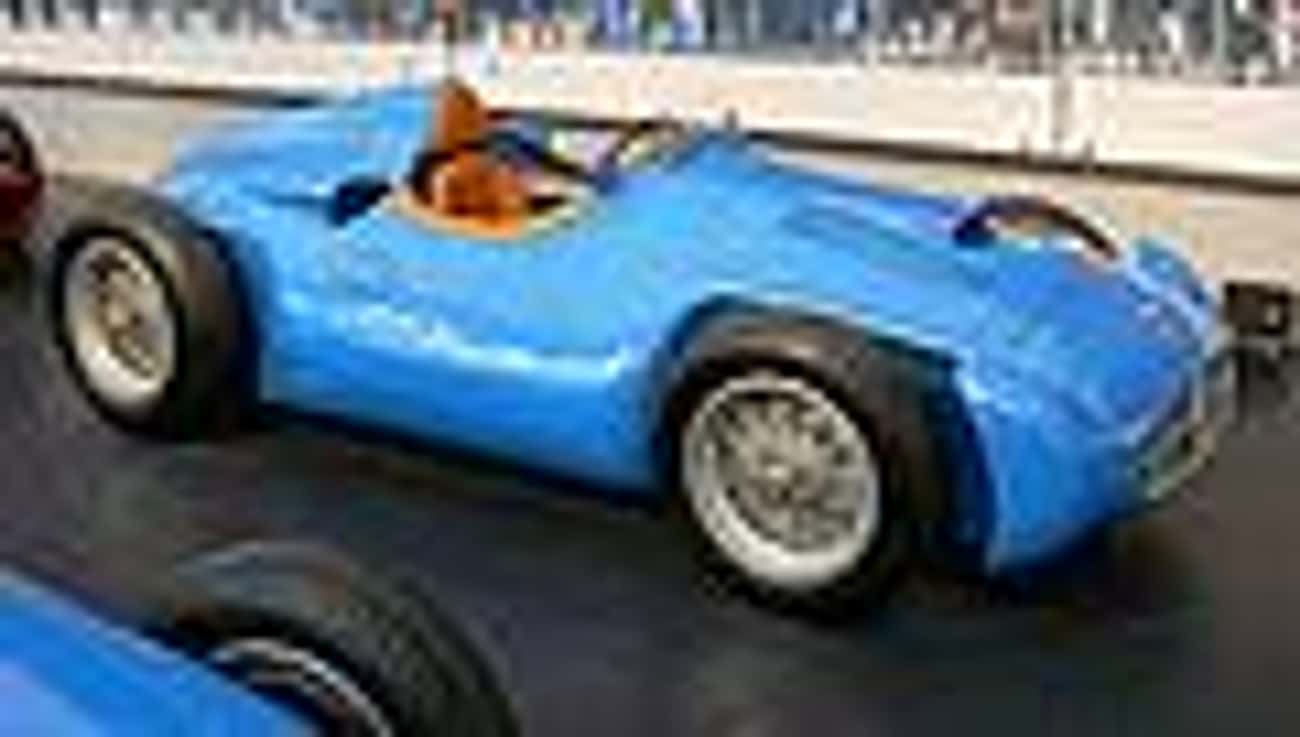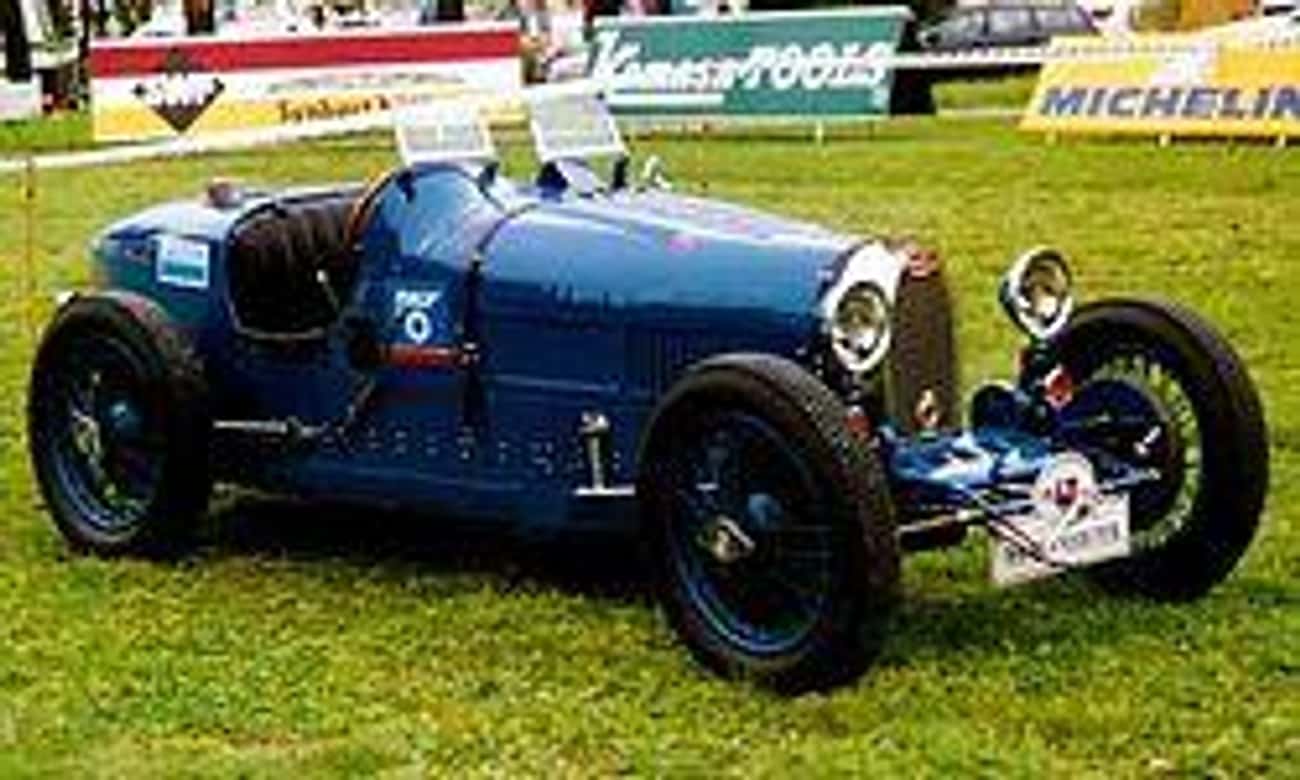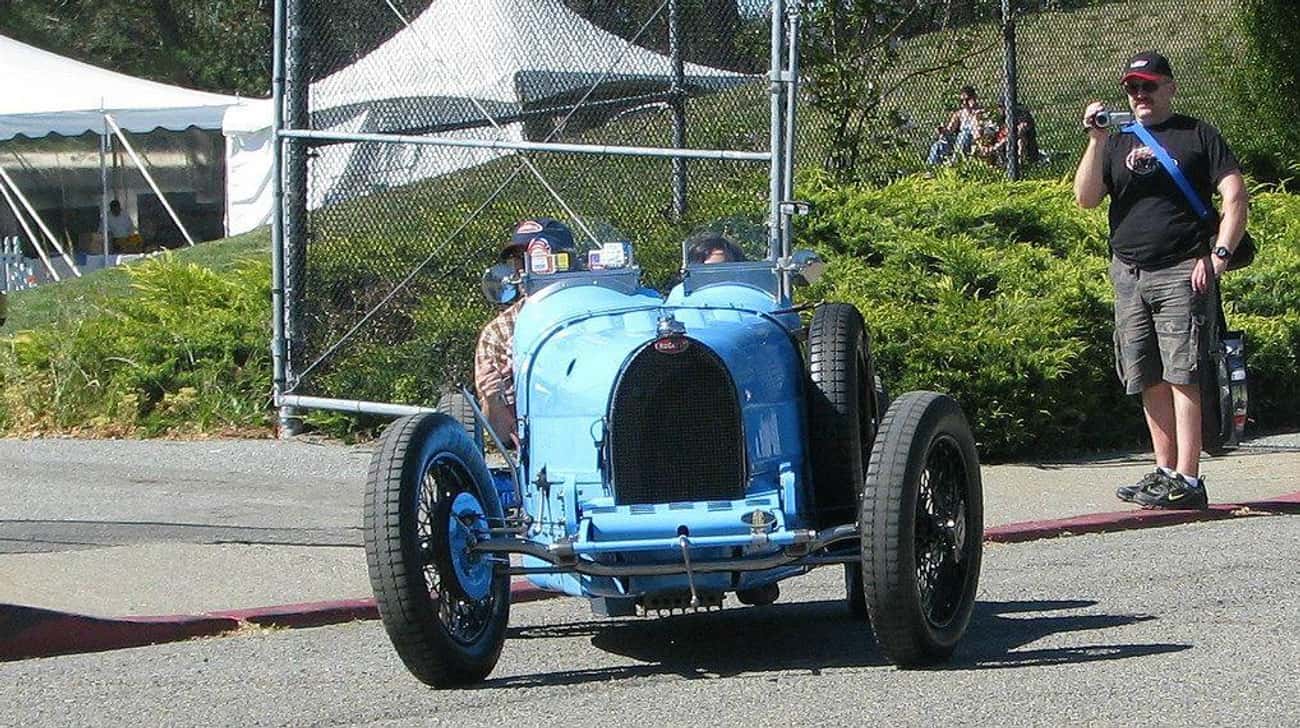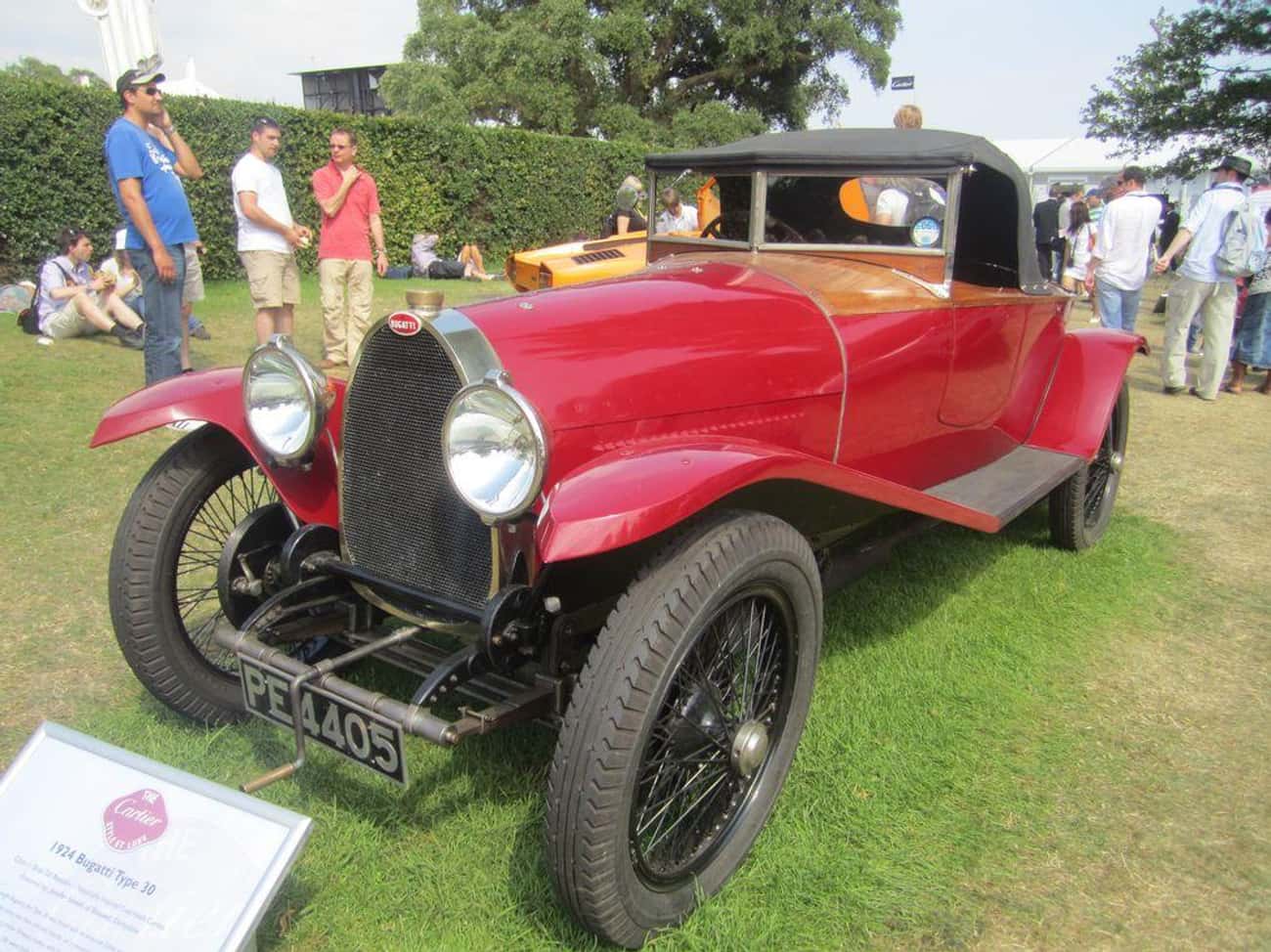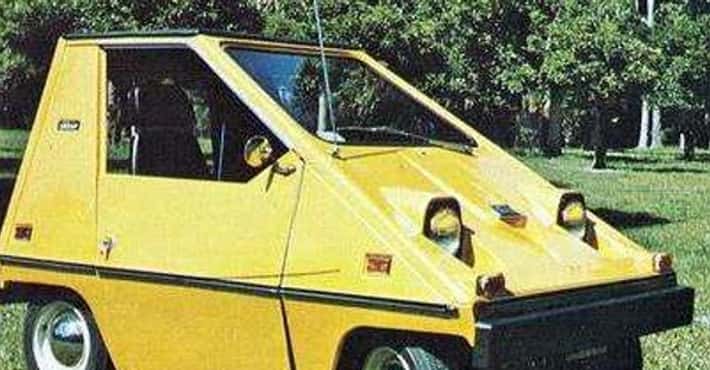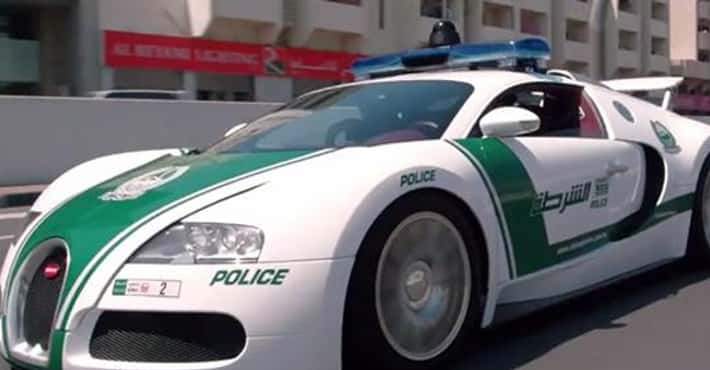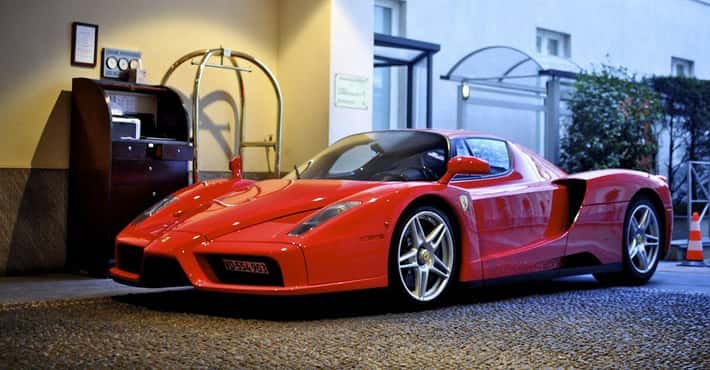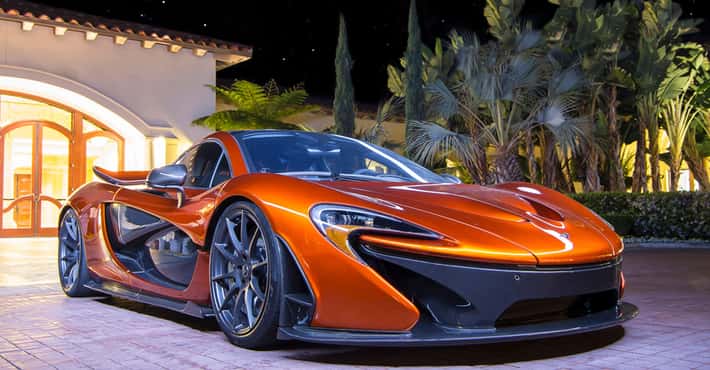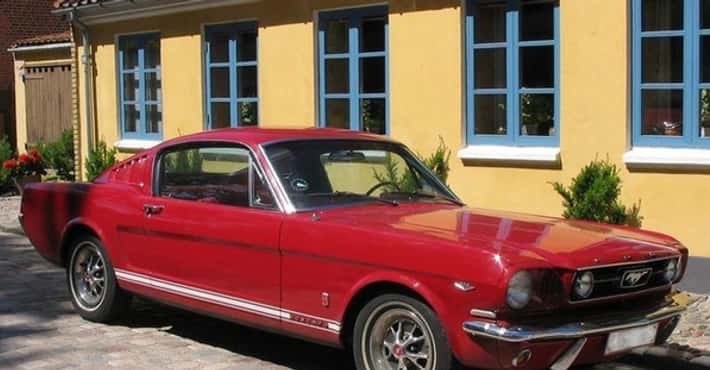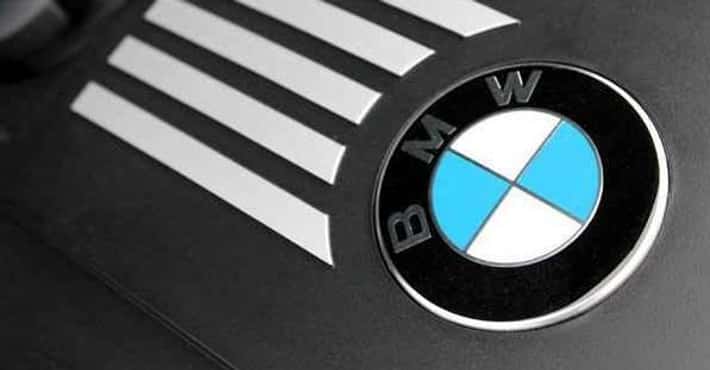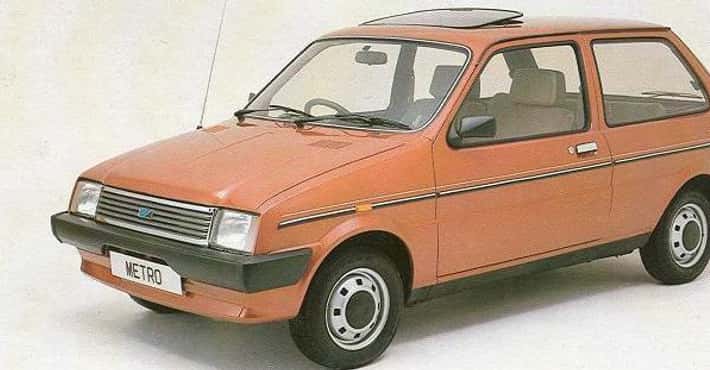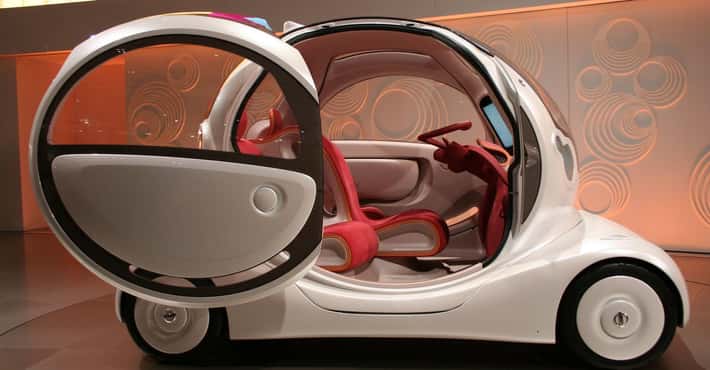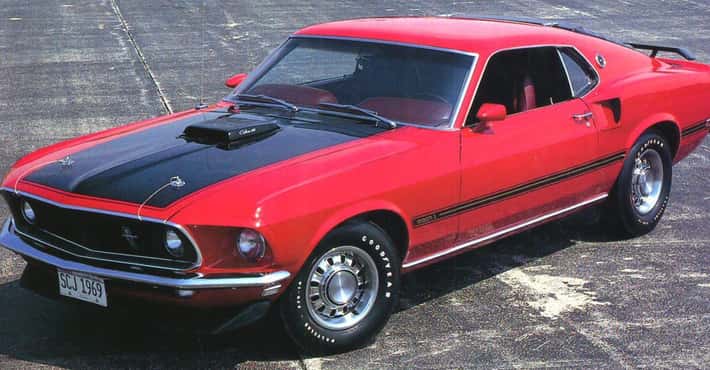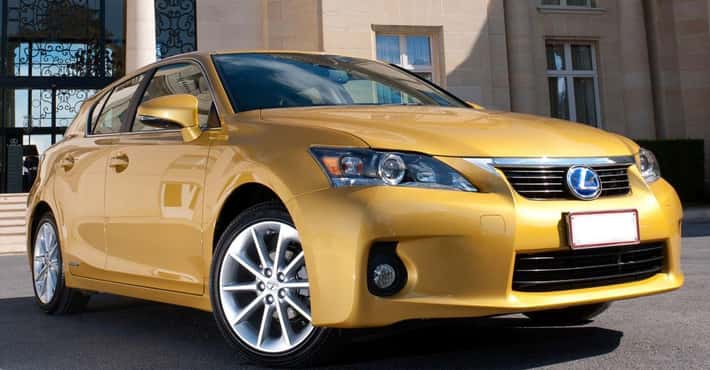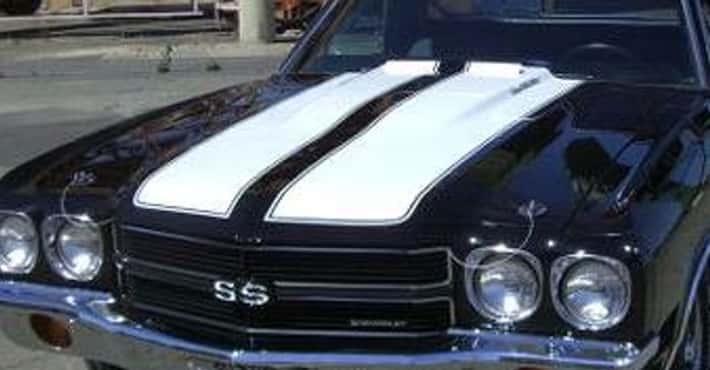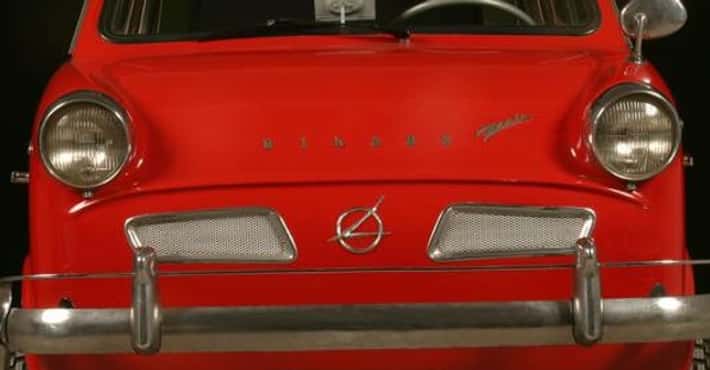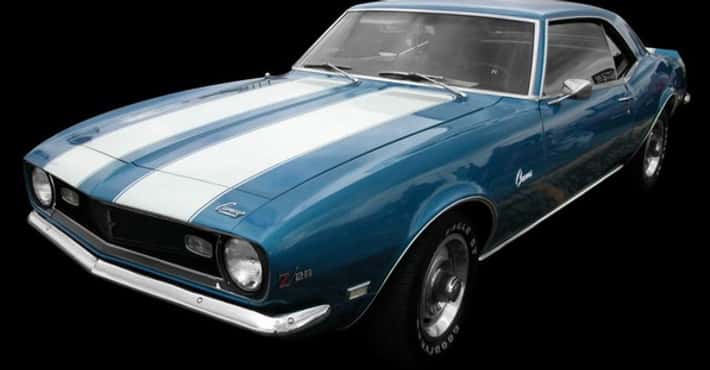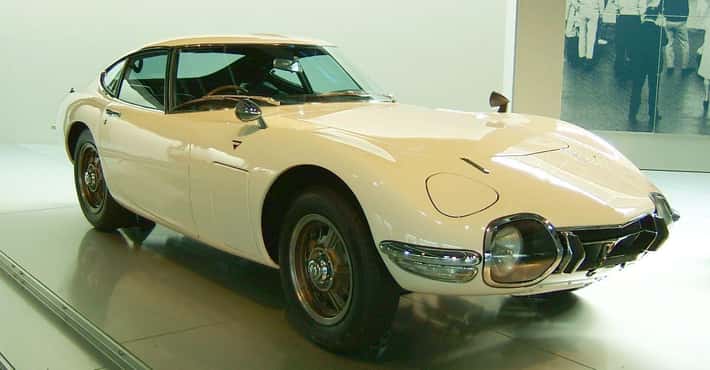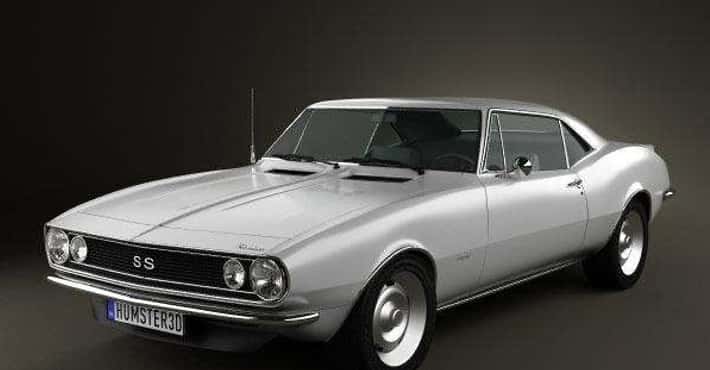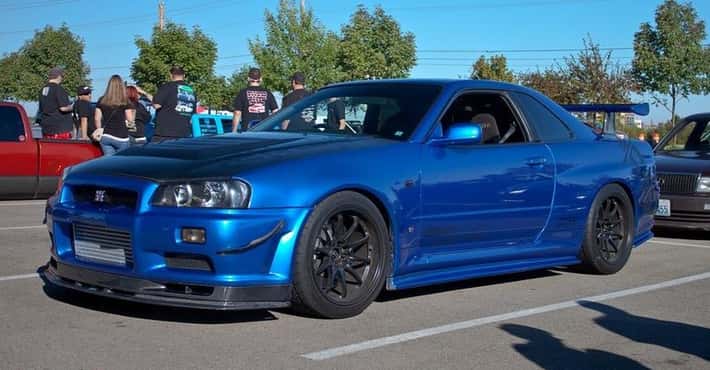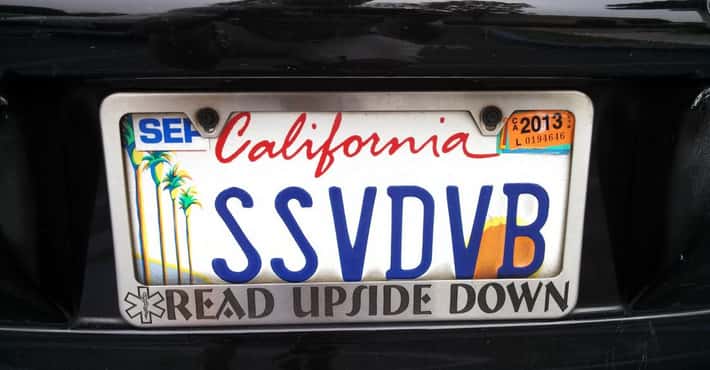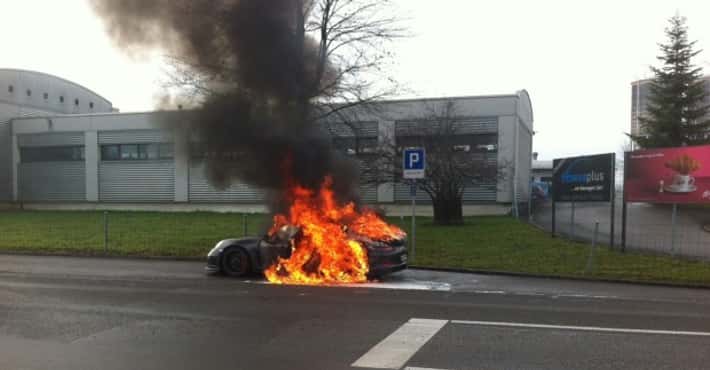Full List of Bugatti Models
- Photo: Metaweb (FB) / Public domainThe Bugatti Veyron EB 16.4 is a mid-engined sports car, designed and developed in Germany by the Volkswagen Group and manufactured in Molsheim, France, by Bugatti Automobiles S.A.S. The original version had a top speed of 407.12 km/h. It was named Car of the Decade and best car award by the BBC television programme Top Gear. The standard Bugatti Veyron also won Top Gear's Best Car Driven All Year award in 2005. The current Super Sport version of the Veyron is recognized by Guinness World Records as the fastest street-legal production car in the world, with a top speed of 431.072 km/h, and the roadster Veyron Grand Sport Vitesse version is the fastest roadster in the world, reaching an averaged top speed of 408.84 km/h in a test on 6 April 2013. The Veyron's chief designer was Hartmut Warkuss, and the exterior was designed by Jozef Kabaň of Volkswagen, with much of the engineering work being conducted under the guidance of engineering chief Wolfgang Schreiber. Several special variants have been produced.
- Photo: Metaweb (FB) / Public domainThe Bugatti Type 32, commonly called the Tank de Tours, was a streamlined racing car built in 1923. Four examples were made, each with a 2.0 L straight-8 engine based on that in the Type 30. "The Tank" finished third in the ACF Grand Prix that year. This was the first Bugatti to be fitted with roller-bearing big ends in order to improve the bottom-end reliability. The Type 32 also broke new ground by using a three-speed and reverse transaxle unit, the exceptionally short wheelbase and long straight-8 engine making a conventional gearbox difficult to accommodate. It also heralded an embrionic hydraulic front brake actuation. Another tank-bodied Bugatti racer, the 1936 Type 57G, was much more successful. Specifications: Wheelbase: 78.5 in Track: 41.4 in Power: 90 hp
- Photo: Metaweb (FB) / CC-BY-2.5The Bugatti EB110 is a mid-engine sports car from Bugatti Automobili SpA. It was unveiled on September 15, 1991, in both Versailles and in front of the Grande Arche de la Défense in Paris, exactly 110 years after Ettore Bugatti's birth.
- Photo: Metaweb (FB)
Bugatti Type 57S Atalante number 57502
The Bugatti Type 57S Atalante number 57502 is one of a batch of rare French sports coupes built in 1937 by the Bugatti company, a version of the Bugatti Type 57. Of the 710 Type 57 cars built, only 43 were Type 57S and only 17 of those were produced with the in-house Bugatti Atalante coupe coachwork. The car with chassis number 57502 was rediscovered in 2008 having been stored in a private owner's garage in Gosforth, Newcastle upon Tyne, England, for 48 years, with few people aware of its location. Described as "one of the last great barn discoveries" by classic car experts, it was sold at auction by Bonhams on 7 February 2009. Set at a reserve price of £3 million, due to its low mileage and original condition, it was speculated that it could become the most expensive car ever sold at auction, at around £6 million. These hopes were dashed, however, as it reached £2,989,495. The car was bought originally by the 5th Earl Howe in 1937 who owned it for eight years. It passed to three intermediate owners before being bought in 1955 by Harold Carr, from Newcastle upon Tyne. - Photo: Metaweb (FB) / CC-BYThe Bugatti Type 41, better known as the Royale, is a large luxury car with a 4.3 m wheelbase and 6.4 m overall length. It weighs approximately 3175 kg and uses a 12.7 L straight-8 engine. For comparison, against the modern Rolls-Royce Phantom, the Royale is about 20% longer, and more than 25% heavier. This makes the Royale one of the largest cars in the world. Ettore Bugatti planned to build twenty-five of these cars, sell them to royalty and to be the most luxurious car ever. But even European royalty was not buying such things during the Great Depression, and Bugatti was able to sell only three of the six made.
- Photo: Metaweb (FB) / Public domainThe Bugatti Type 101 is a motor car made by Bugatti in 1951 and 1952. In order to restart production after World War II and the deaths of Ettore Bugatti and his son Jean, the Type 101 was developed from the pre-war Type 57. Seven chassis were built; these were bodied by four different coachbuilders: Gangloff, Guilloré, Antem, and Ghia, the last to a design by Virgil Exner. The 101 was powered by the 3.3 L straight-8 from the Type 57.
- Photo: Metaweb (FB) / Public domainThe Bugatti Type 46 was a car produced by the Bugatti company from 1929 to 1936.
- The Type 51 series succeeded the famous Type 35 as Bugatti's premier racing car for the 1930s. Unlike the dominant Type 35s of the prior decade, the Type 51 were unable to compete with the government-supported German and Italian offerings.
- The early Bugatti 8-cylinder line began with the 1922 Type 30. The same basic design was used for the 1926 Type 38 as well as the Type 40, Type 43, Type 44, and Type 49.
- The Bugatti Type 57 and later variants was an entirely new design by Jean Bugatti, son of founder Ettore. Type 57s were built from 1934 through 1940, with a total of 710 examples produced. Most Type 57s used a twin-cam 3,257 cc engine based on that of the Type 49 but heavily modified by Jean Bugatti. Unlike the chain-drive twin-cam engines of the Type 50 and 51, the 57's engine used gears to transmit power from the crankshaft. There were two basic variants of the Type 57 car: The original Type 57 The lowered Type 57S The Type 57 chassis and engine was revived in 1951 as the Bugatti Type 101 for a short production. A rediscovered Type 57 sold for 3.4 million euros at auction on 7 February 2009 at a motor show in Paris.
- Photo: Georg Sander / FlickrThe Bugatti EB118 is the first concept vehicle made by Bugatti Automobiles S.A.S., the 2-door coupé, was presented at the 1998 Paris Motor Show. Bugatti commissioned the design of the EB118 from Giorgetto Giugiaro of ItalDesign. The EB118 is powered by a W-18 engine and has permanent four wheel drive.
- The Type 13 was the first real Bugatti car. Production of the Type 13 and later Types 15, 17, 22, and 23, began with the company's founding in 1910 and lasted through 1920 with 435 examples produced. Most road cars used an 8-valve engine, though five Type 13 racers had 16-valve heads, one of the first ever produced. The road cars became known as "pur-sang" in keeping with Ettore Bugatti's feelings for his designs. The car was brought back after World War I with multi-valve engines to bring fame to the marque at Brescia. The production "Brescia Tourer" also brought in much-needed cash.
- The Bugatti Type 18, also called the Garros, is an automobile produced from 1912 through 1914. Produced shortly after the start of the business, the design was something of a relic. It had much in common with the cars Ettore Bugatti had designed for Deutz Gasmotoren Fabrik but with the radiator of the Type 13. Only 6 or 7 examples were built.
- The Type 35 was the most successful of the Bugatti racing models. Its version of the Bugatti arch-shaped radiator that had evolved from the more architectural one of the Bugatti Type 13 Brescia, was to become the one that the marque is most known for though even in the ranks of the various Type 35s there were variations on the theme. The Type 35 was phenomenally successful, winning over 1,000 races in its time. It took the Grand Prix World Championship in 1926 after winning 351 races and setting 47 records in the two prior years. At its height, Type 35s averaged 14 race wins per week. Bugatti won the Targa Florio for five consecutive years, from 1925 through 1929, with the Type 35.
- Photo: austinsevensaloon / flickr / CC-BY-NC-ND 2.0The Bugatti Type 53 was a four-wheel drive racing car built by Bugatti in 1932. The Type 53 was one of the first racing cars to attempt to drive all four wheels, though Ettore Bugatti himself had designed multi-engine all wheel drive vehicles early in his career. The Type 53 used the engine from the Type 50 road car was fitted to the chassis of the Type 51 racer to create the 1931. It was originally conceived by Giulio Cappa, who created a front wheel drive Grand Prix car in 1926. Cappa's associate, Antonio Pichetto, handled the development of the car while working at Bugatti, starting in 1930. The engine output was approximately 300 horsepower. As a result of the elaborate front drivetrain, the Type 53 used the only independent front suspension system ever approved for use by Ettore Bugatti. The Type 53 was notoriously difficult to steer. At the Type 53's debut in the 1932 Monaco Grand Prix, Albert Divo, noted for his size and strength, was chosen to drive the car, but he gave up during practice after exhausting himself. In June 1932, Jean Bugatti rolled a Type 53 at the Shelsley Walsh Speed Hill Climb.
- Photo: Metaweb (FB) / Public domainThe Bugatti Type 55 was a road-going version of the Type 54 Grand Prix car. A roadster, it had a short 108.3 in wheelbase and light 1800 lb weight. Power came from the Type 51's 2.3 L straight-8 engine. This 2-valve DOHC unit produced 130 hp and could rev to 5000 rpm. A Roots-type supercharger was used. The car's 4-speed manual transmission came from the Type 49 touring car. 38 examples were produced from 1932 through 1935 and they produced a racing version later on.
- Photo: Metaweb (FB) / Public domain
Bugatti Type 252
- The Bugatti Type 30 was a car produced by Bugatti from 1922 to 1936.
- Photo: Georg Sander / flickr / CC-BY-NC 2.0The Bugatti Type 38 was a car produced by the Bugatti company in 1926 and 1927.
- Photo: Metaweb (FB) / Public domainThe Bugatti Type 40A was a car produced by the Bugatti company from 1926 to 1930.
- Photo: Metaweb (FB) / Public domainThe Bugatti Type 43 was a car produced by the Bugatti company from 1927 to 1931.
- Photo: Metaweb (FB) / Public domainThe Bugatti Type 44 was a car produced by the Bugatti company from 1927 to 1930.
- Photo: Metaweb (FB) / Public domainThe Bugatti Type 23 was a car produced by Bugatti from 1920 to 1926.
- Photo: Metaweb (FB) / Public domainThe Bugatti Type 50 and 50T were cars produced by the Bugatti company from 1930 to 1934.
- The Bugatti Type 57G was a race car produced by the Bugatti company in 1936 and 1939.
- Photo: Metaweb (FB) / Public domainThe Bugatti Type 50B was a race car produced by the Bugatti company from 1937 to 1939.
- Photo: Metaweb (FB) / Public domainThe Bugatti Type 251 was a race car produced by Bugatti from 1955 to 1956.
- Photo: Metaweb (FB) / Public domainThe Bugatti Type 37 was a car produced by the Bugatti company in 1929.
- Photo: Jack Snell - Thanks for over 26 Million Views / flickr / CC-BY-ND 2.0The Bugatti Type 39 was a car produced by Bugatti from 1926 to 1929.
- The Bugatti Type 29 was a car produced by Bugatti i 1922.


